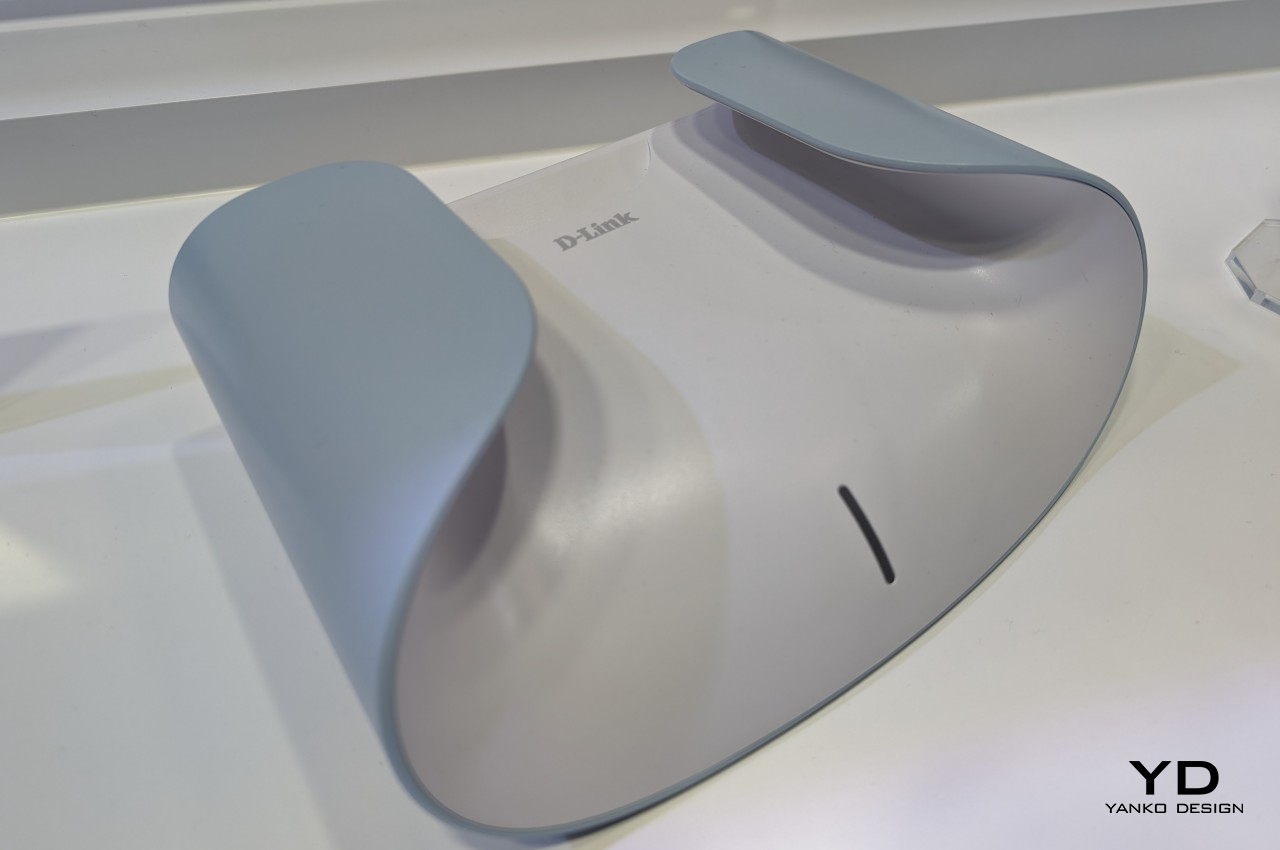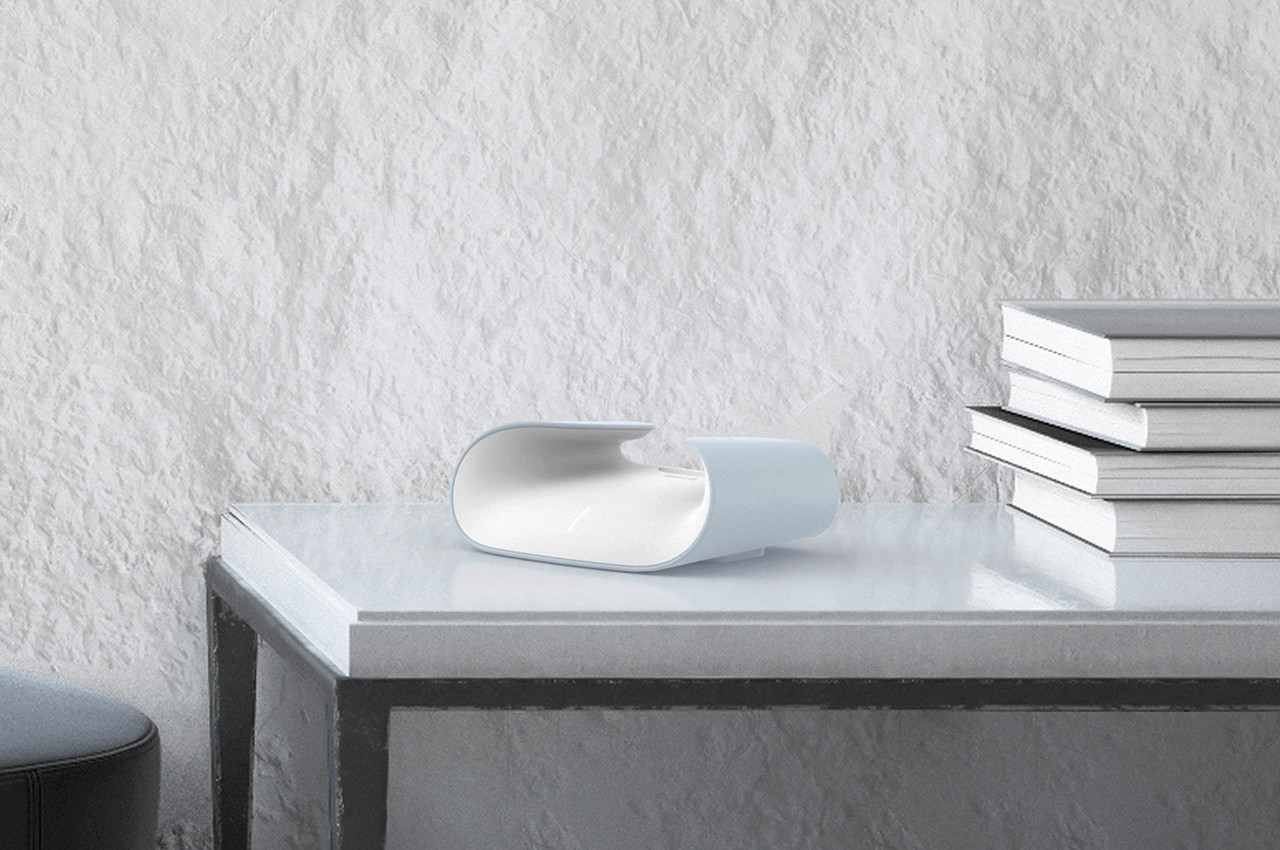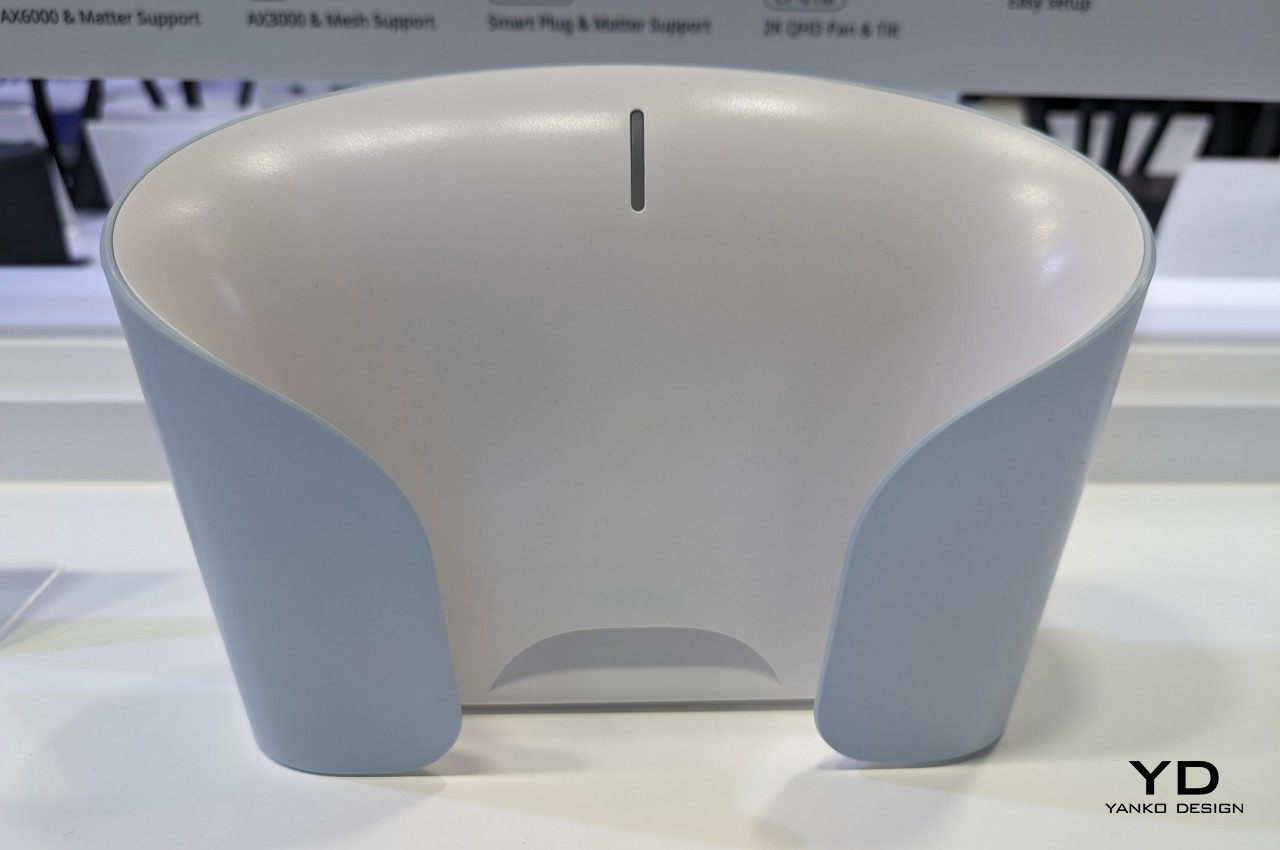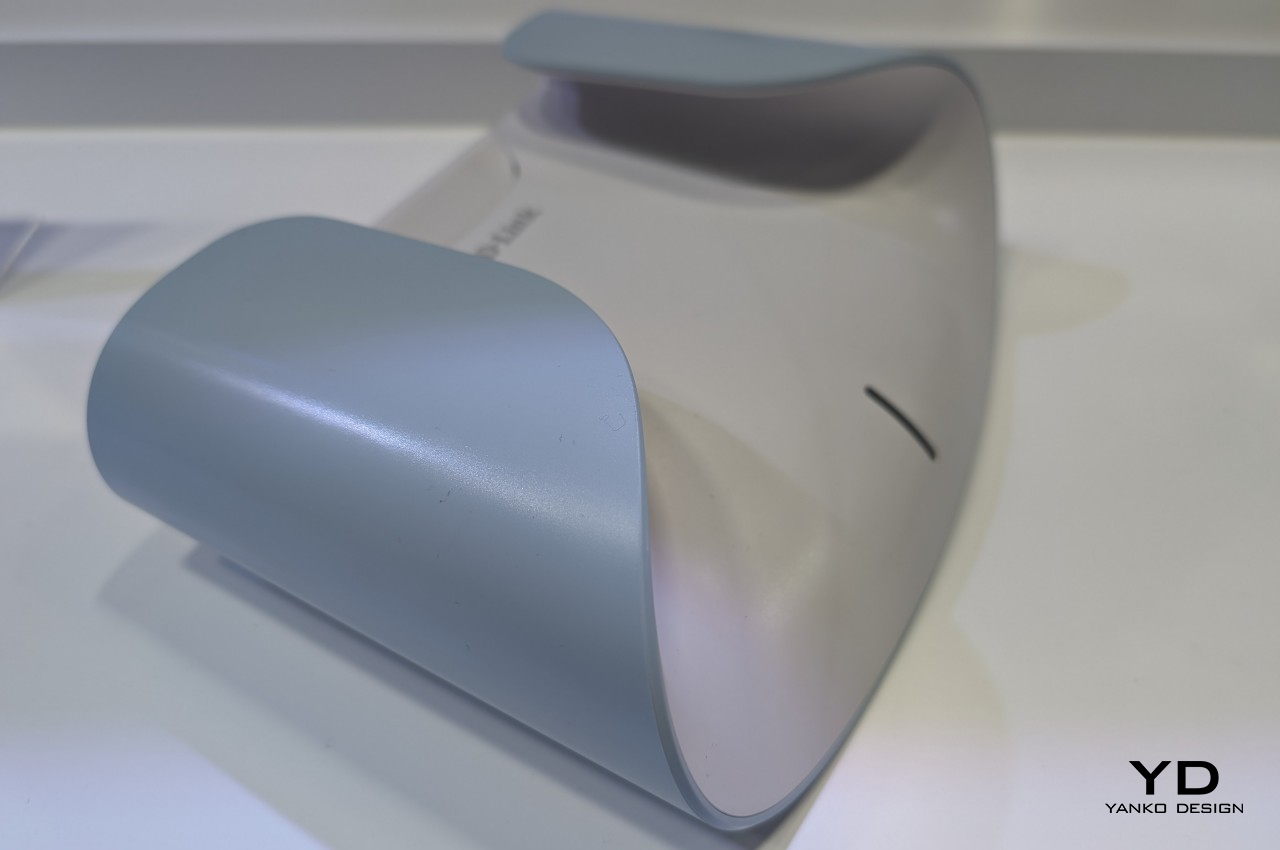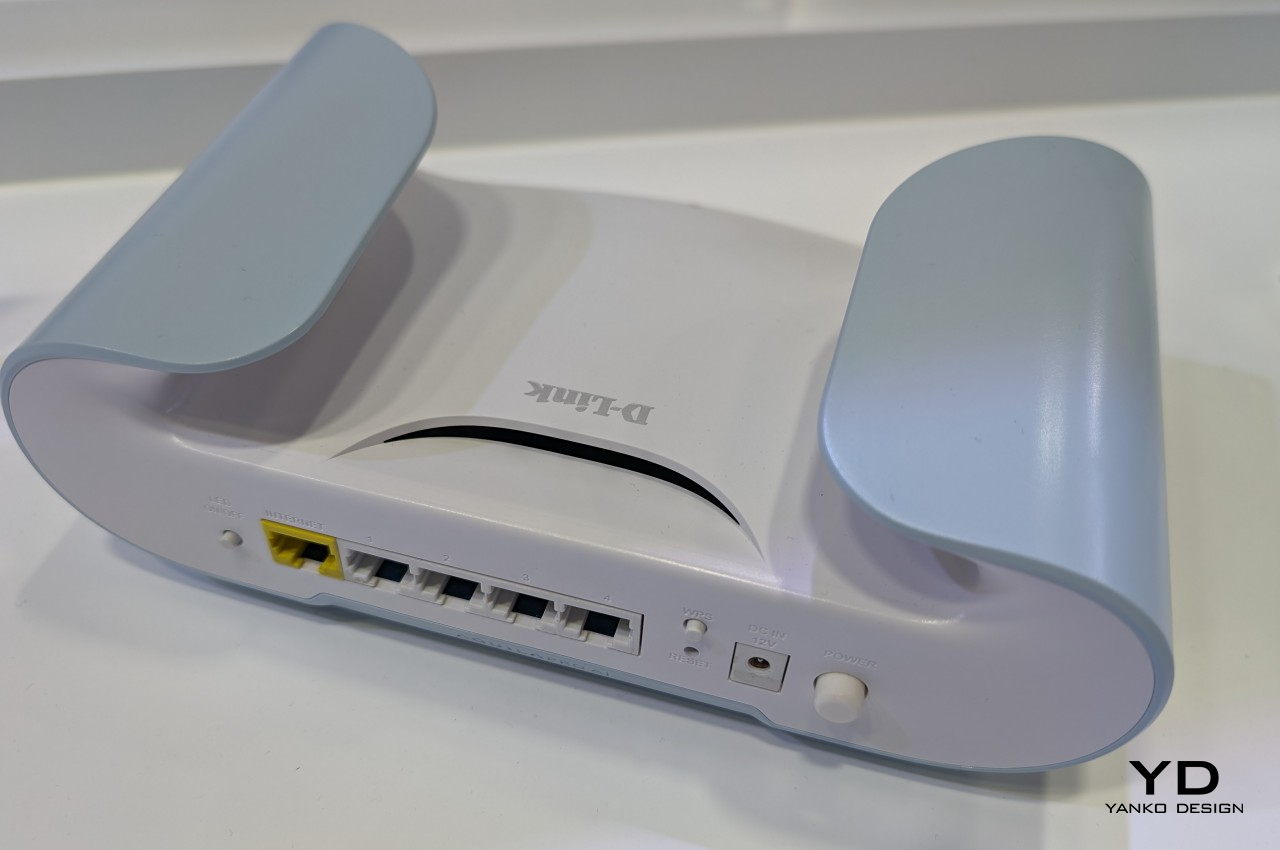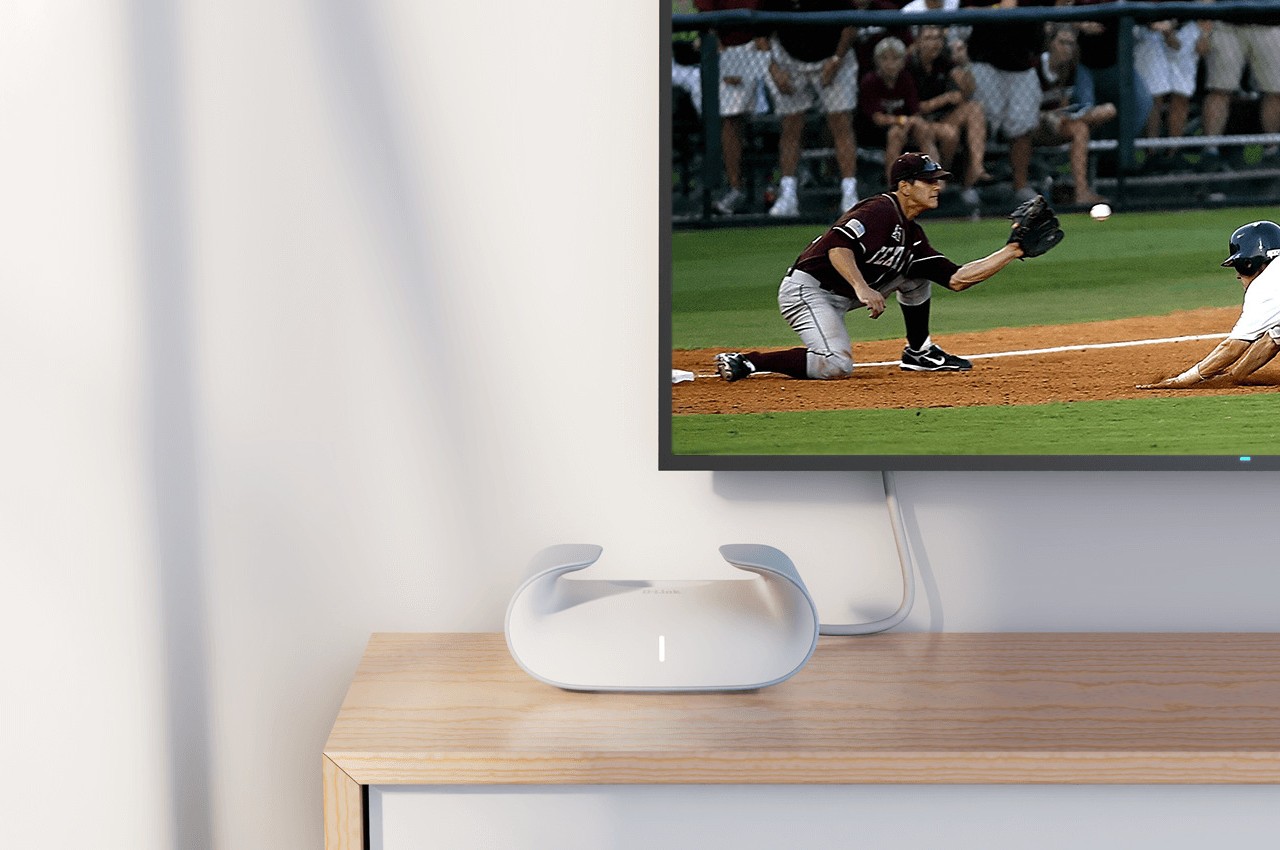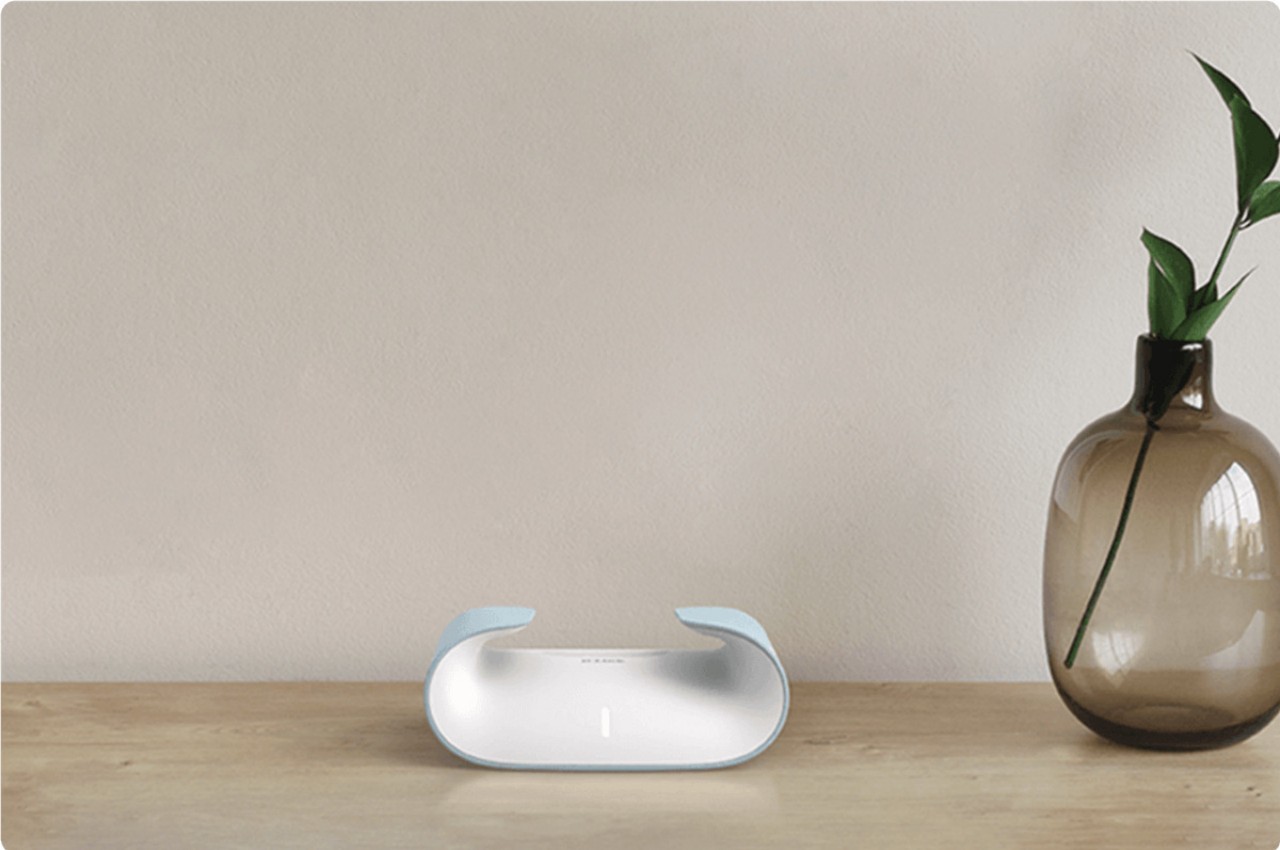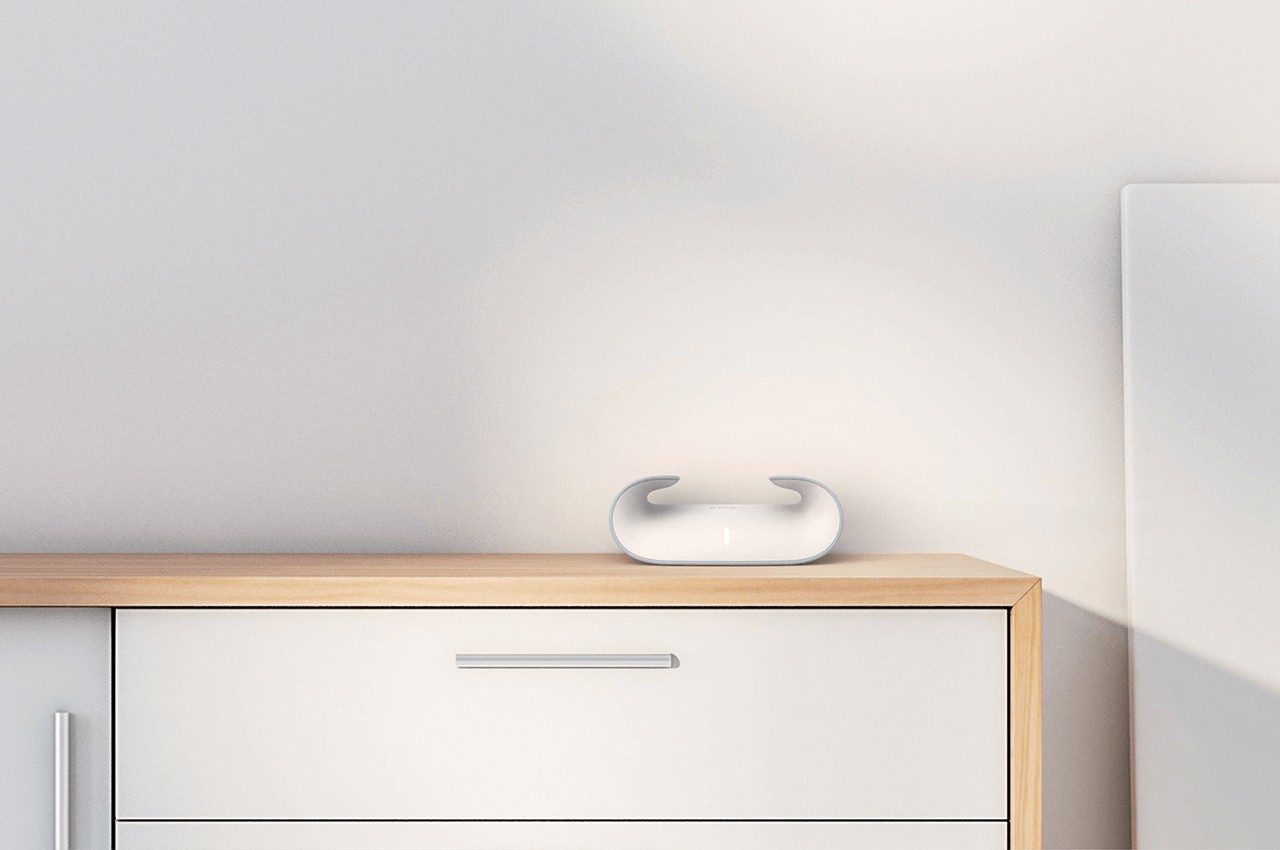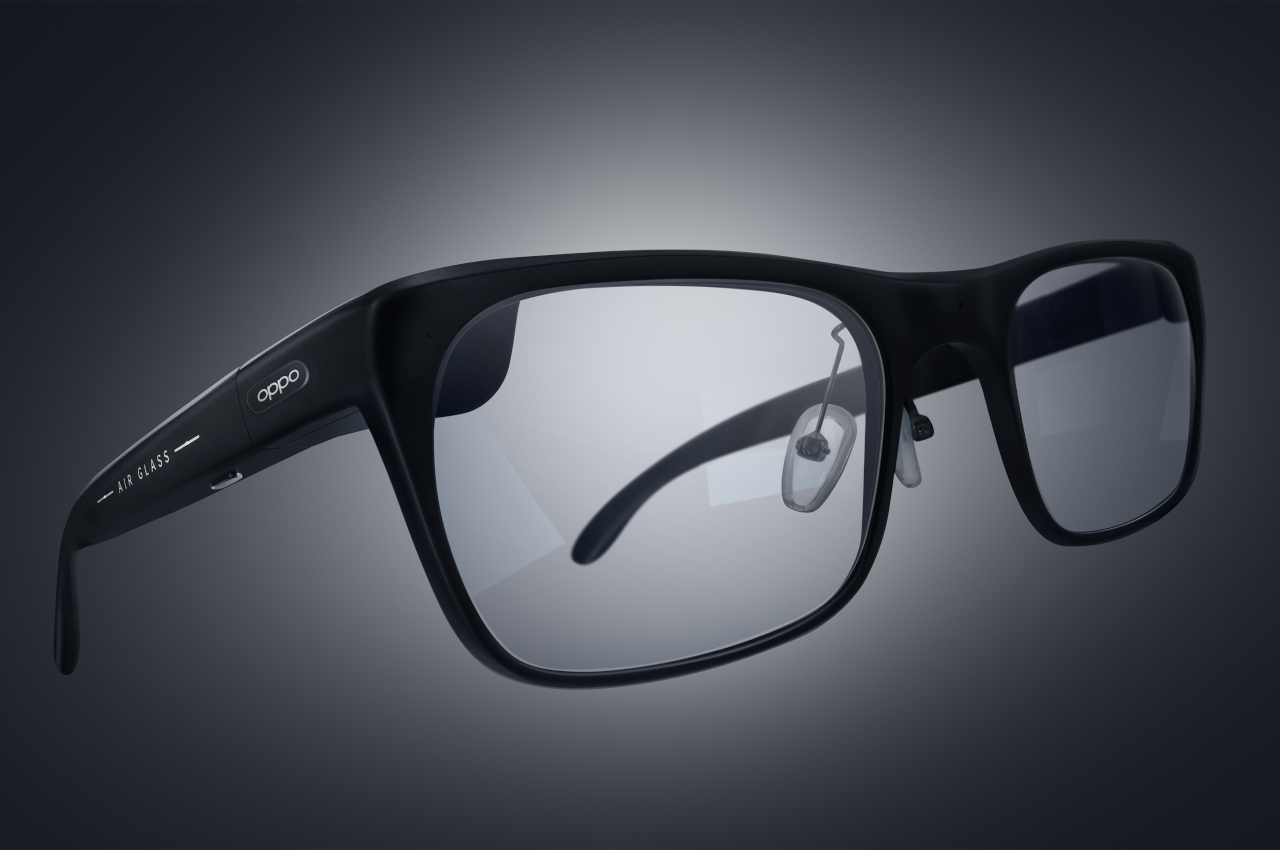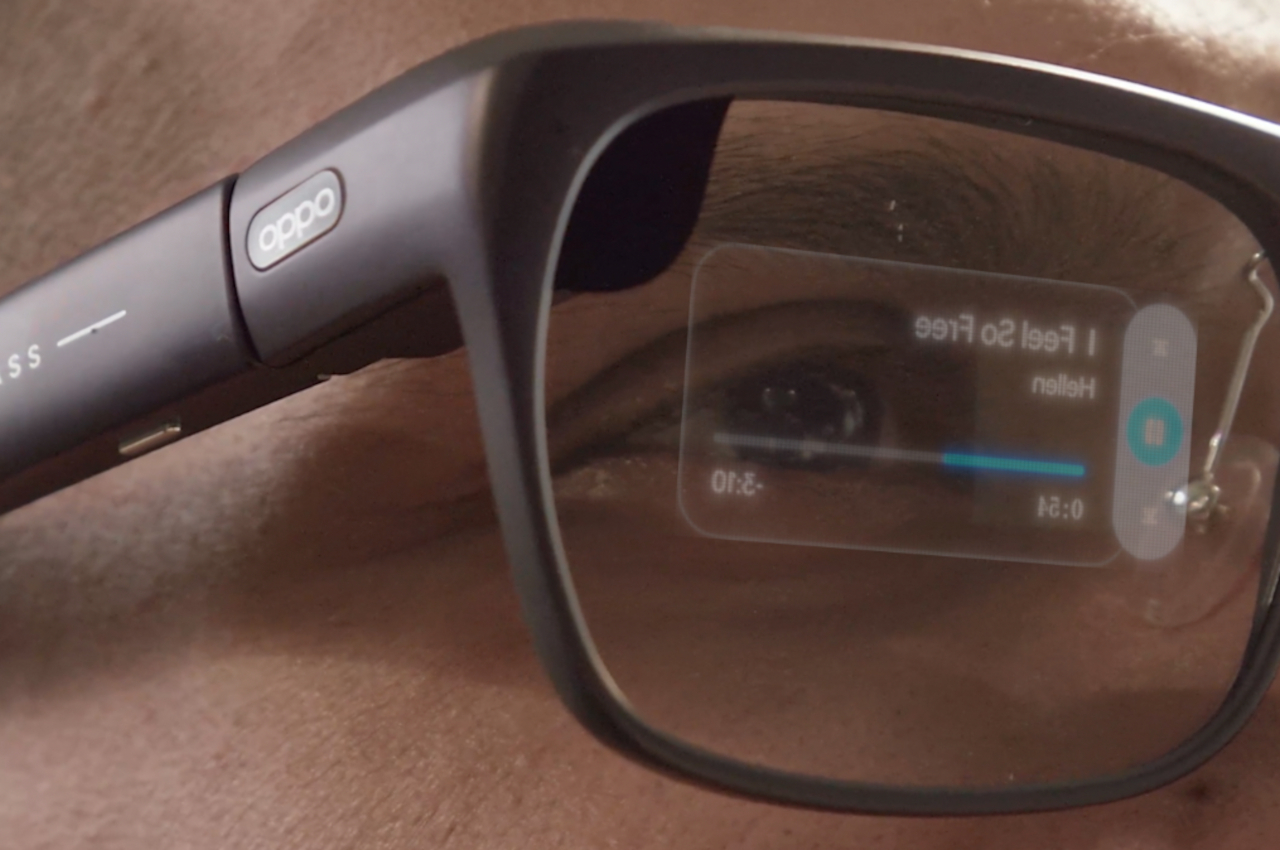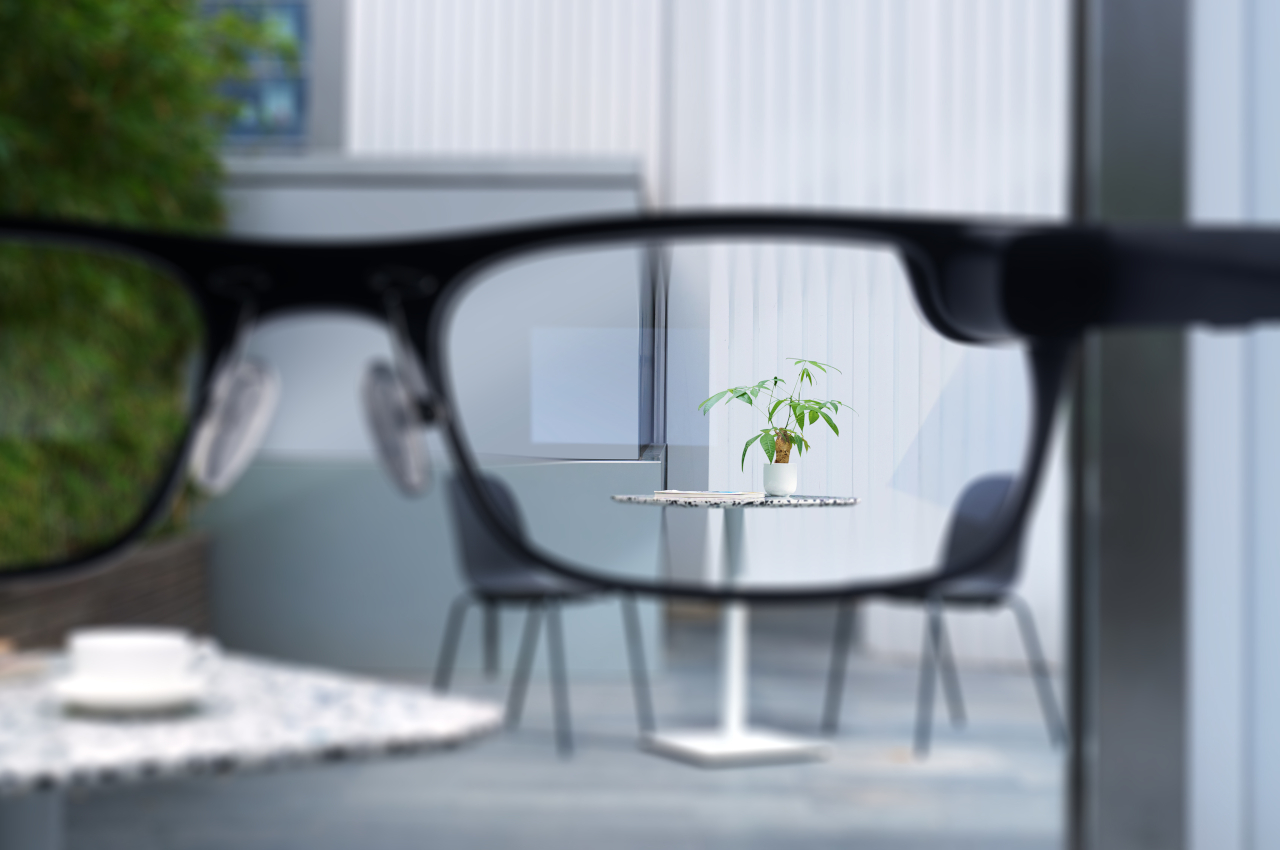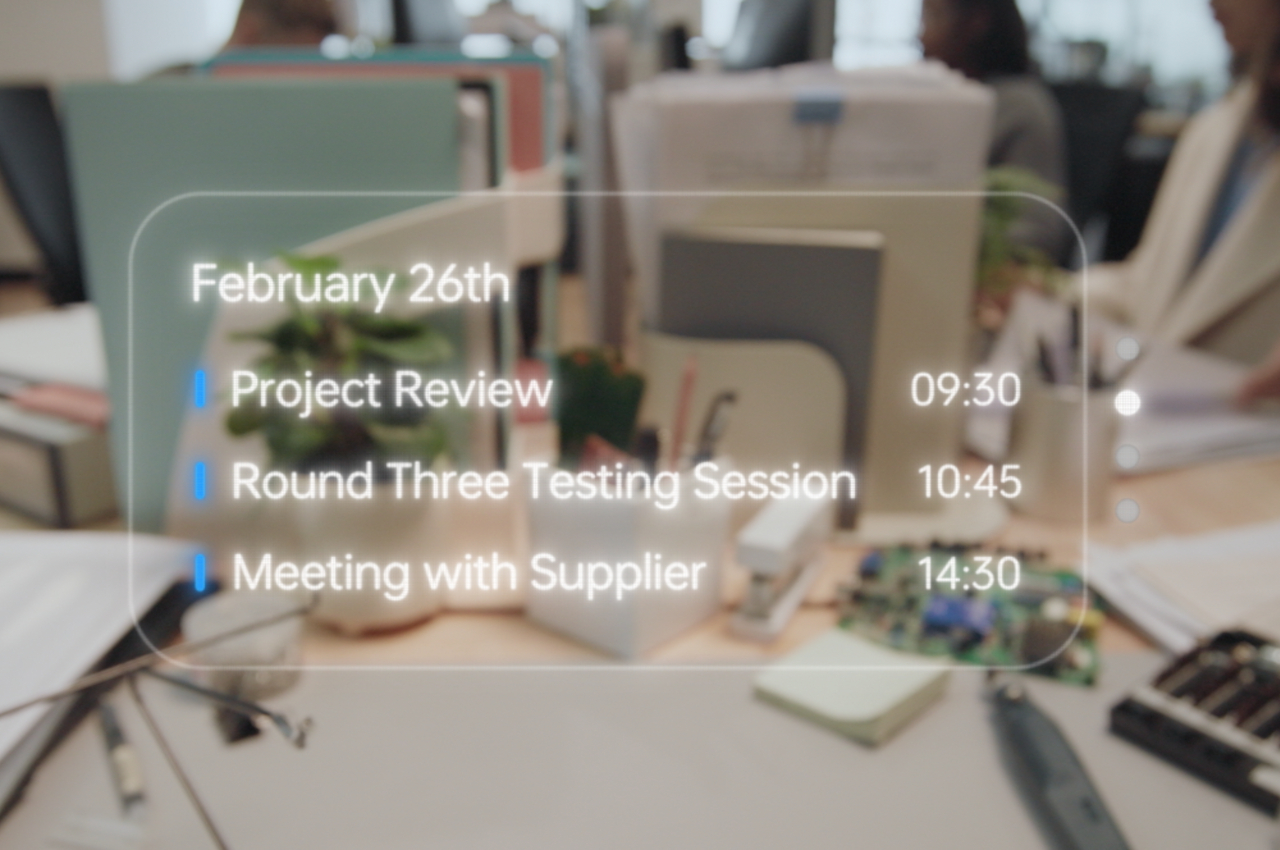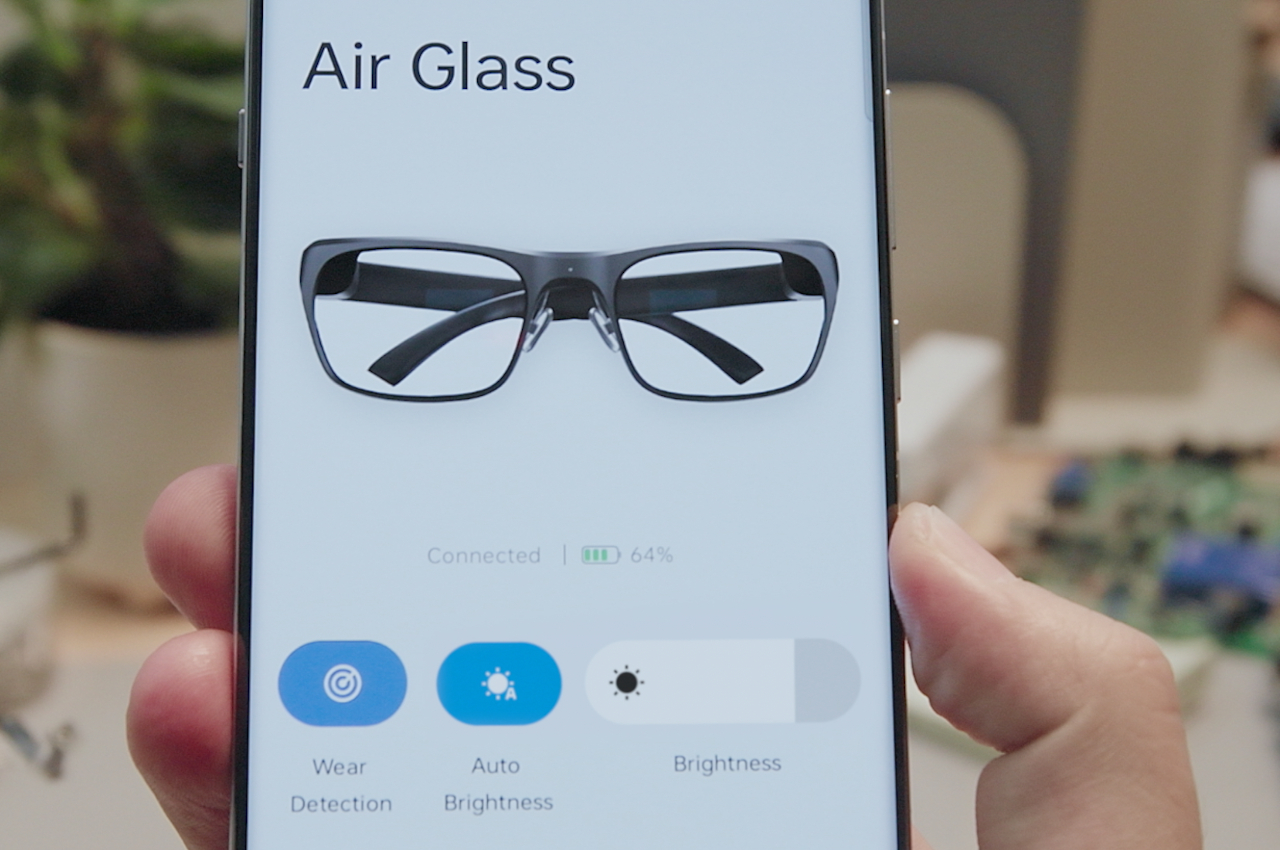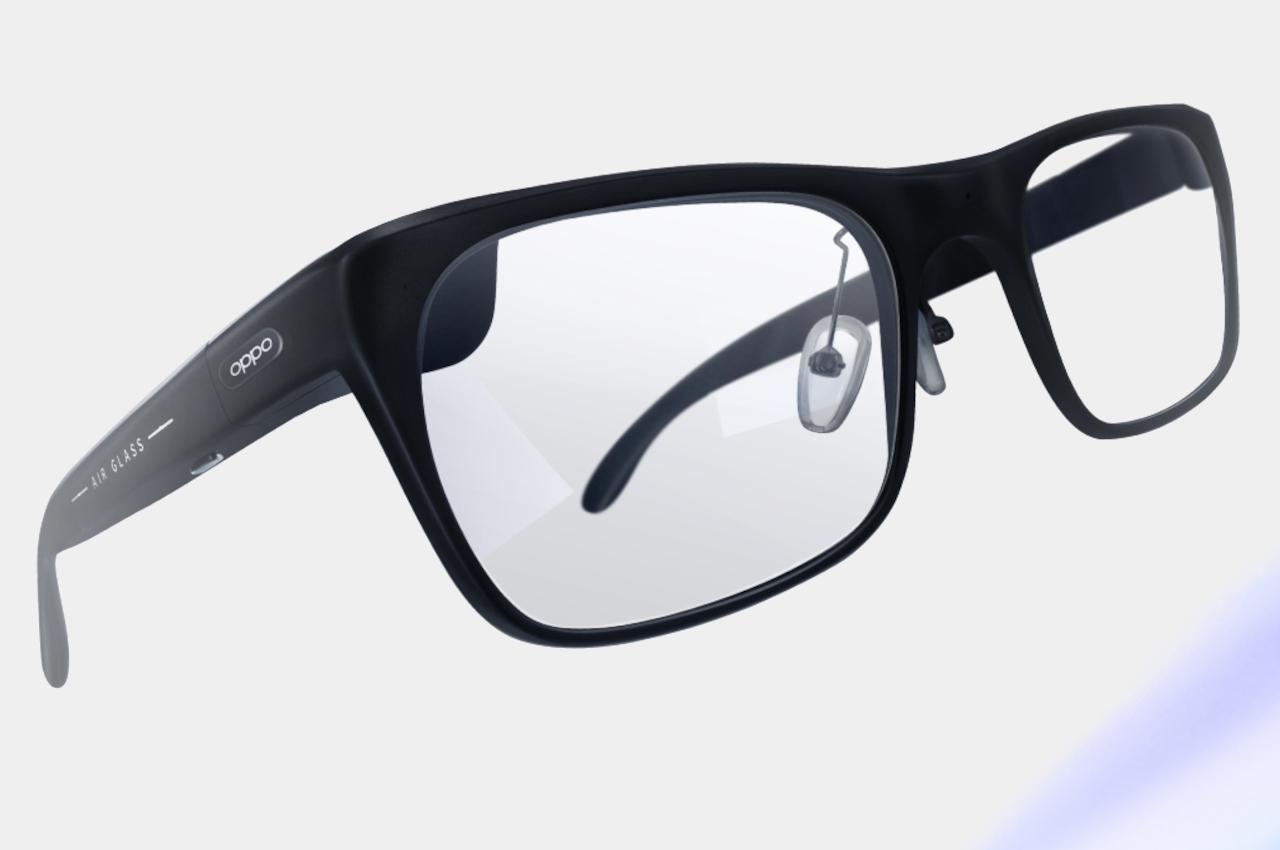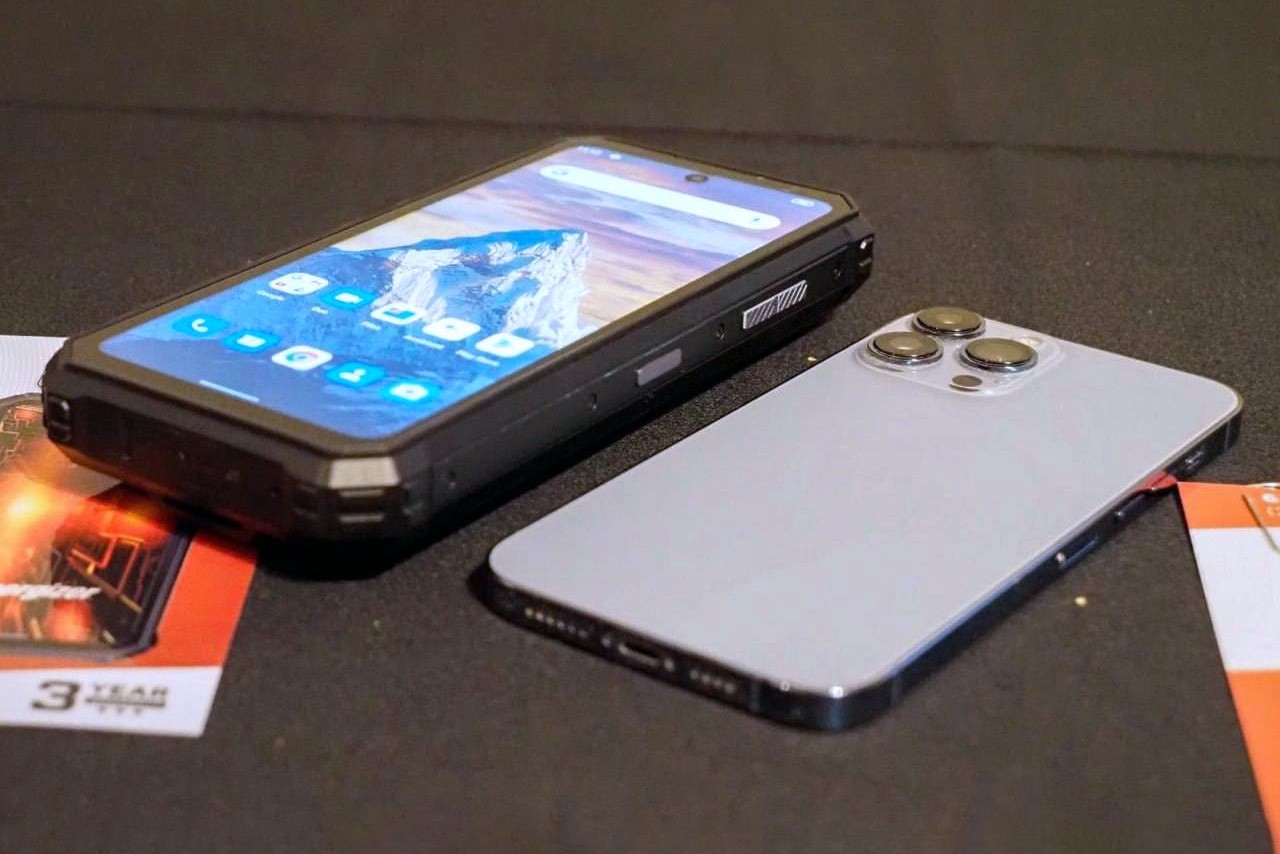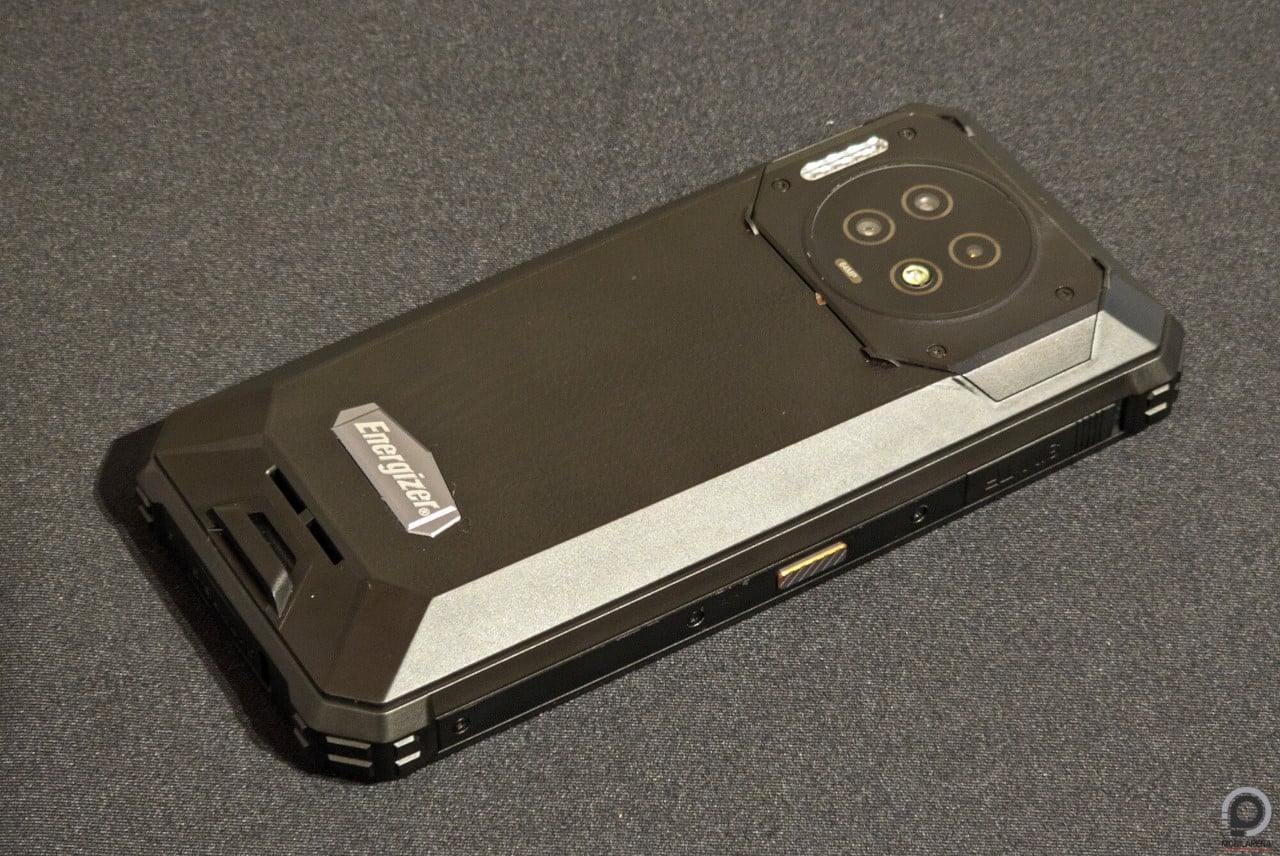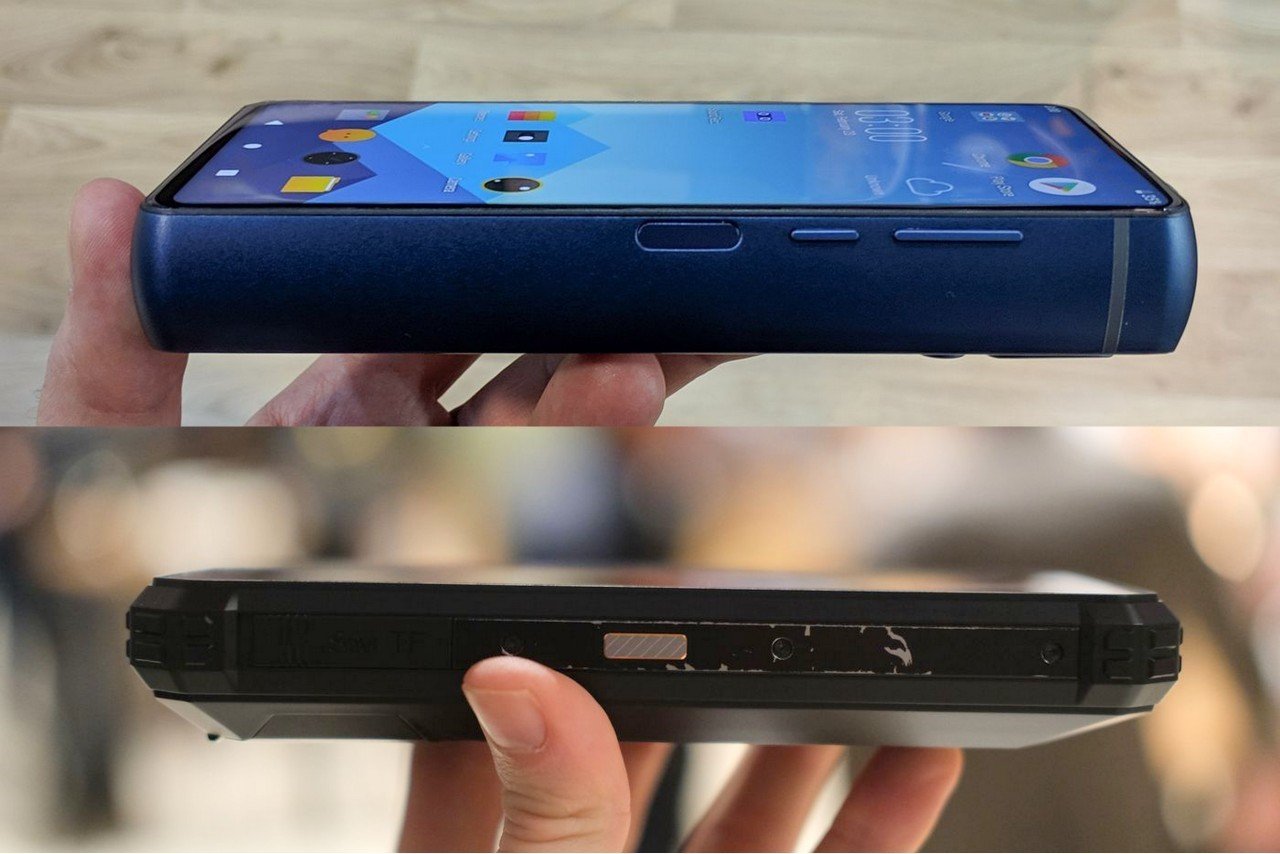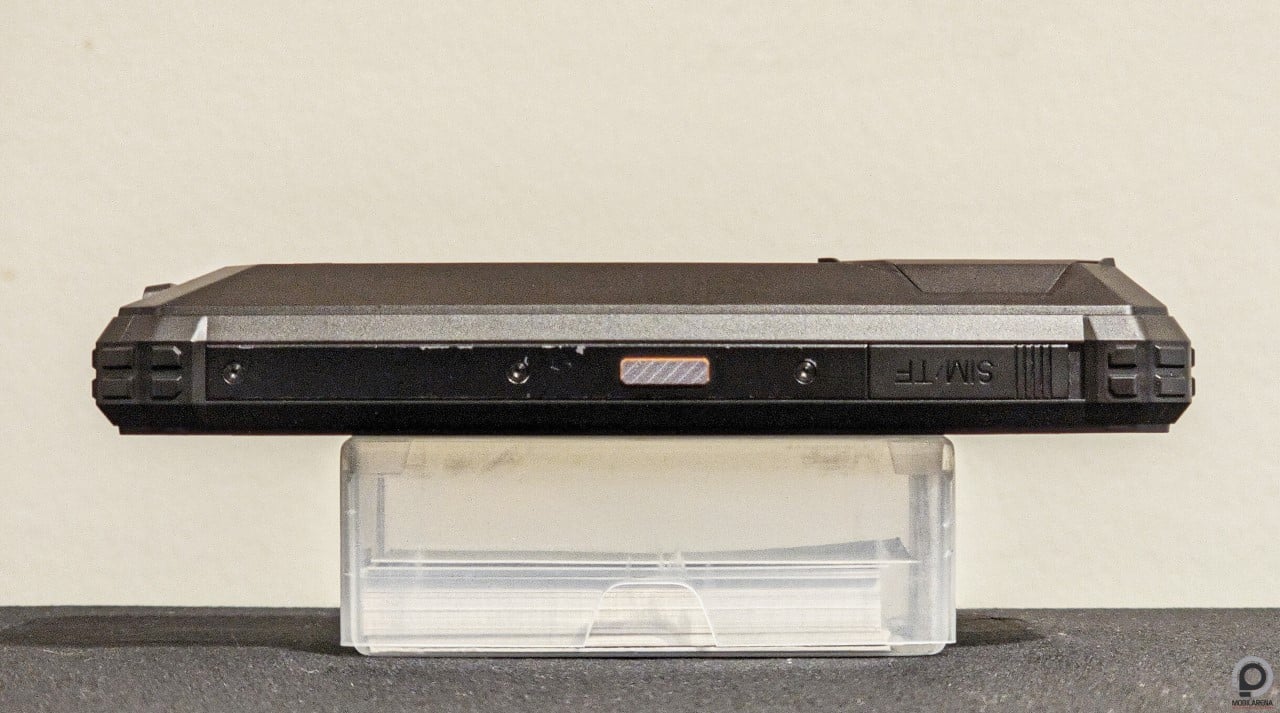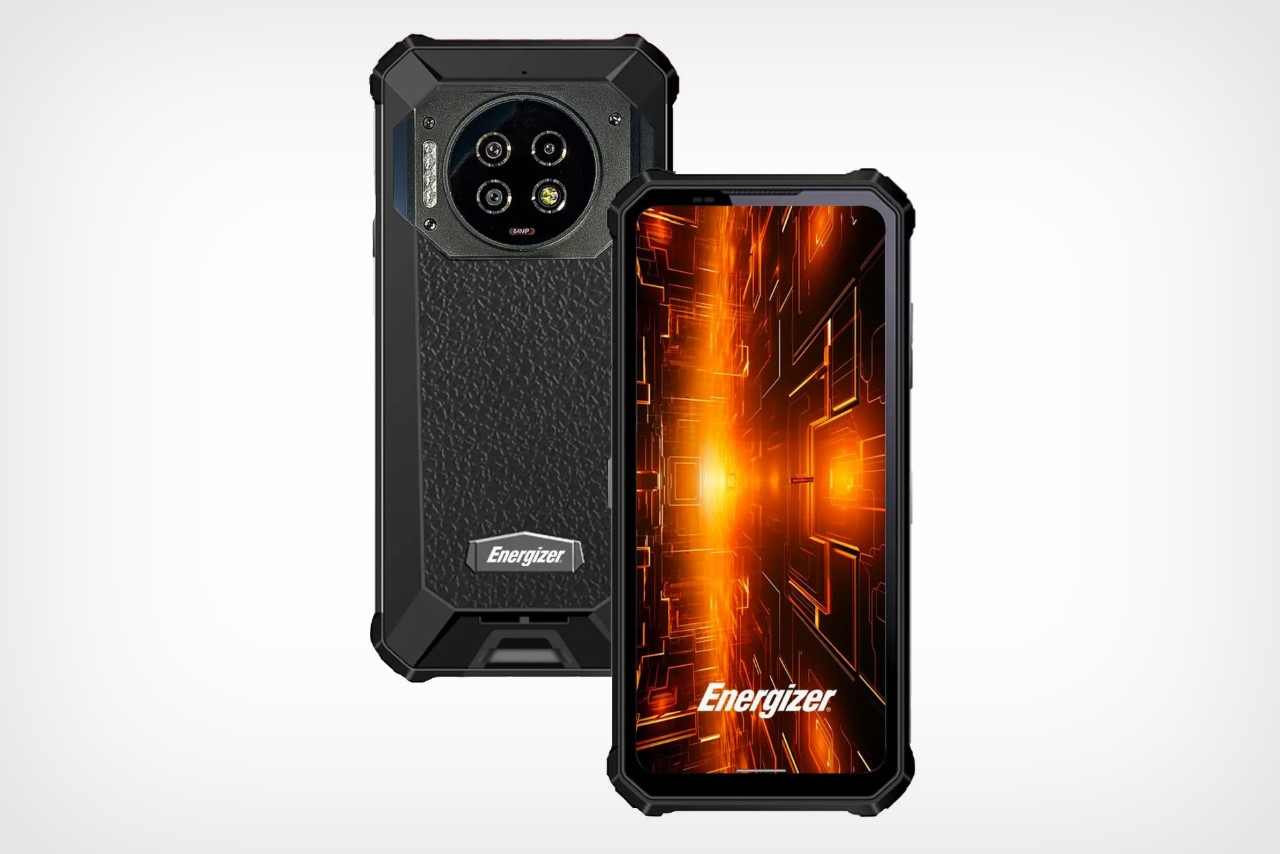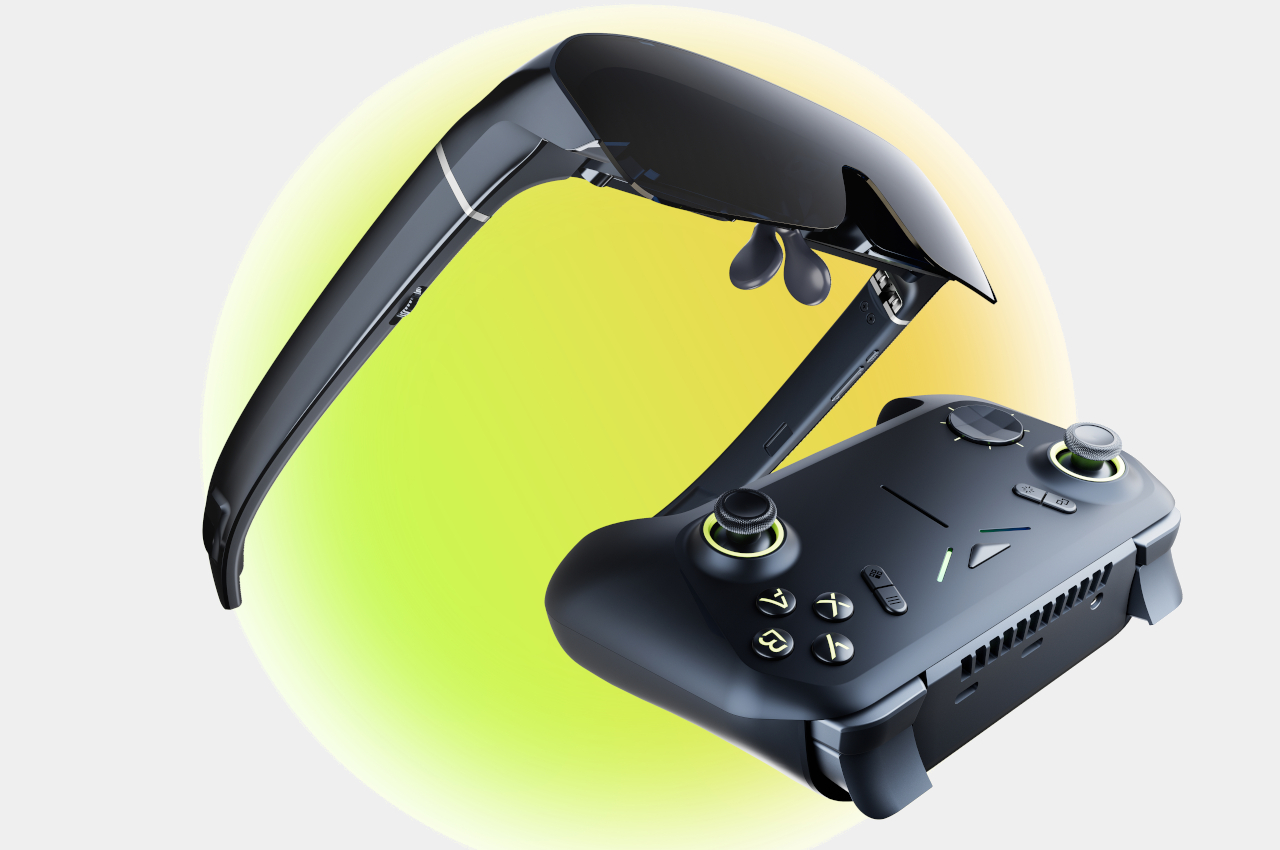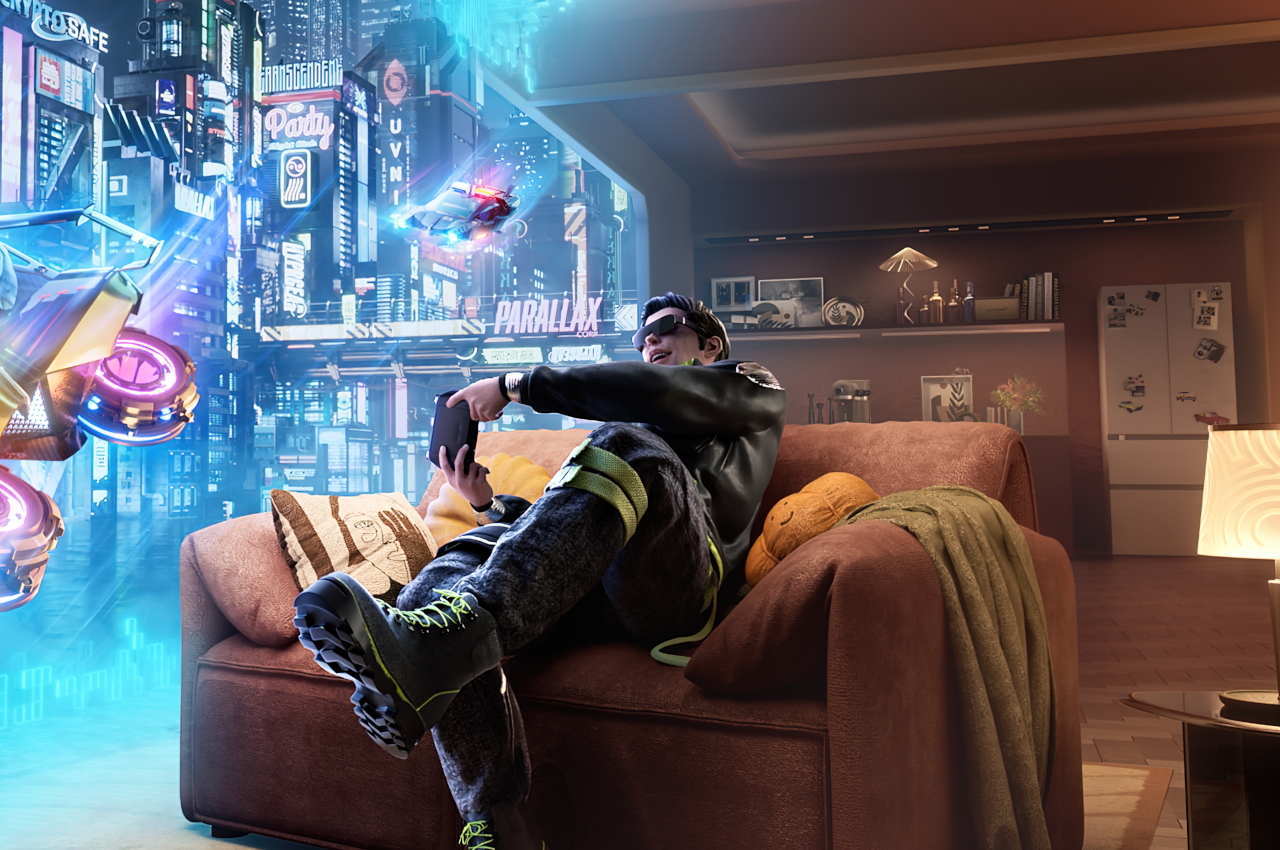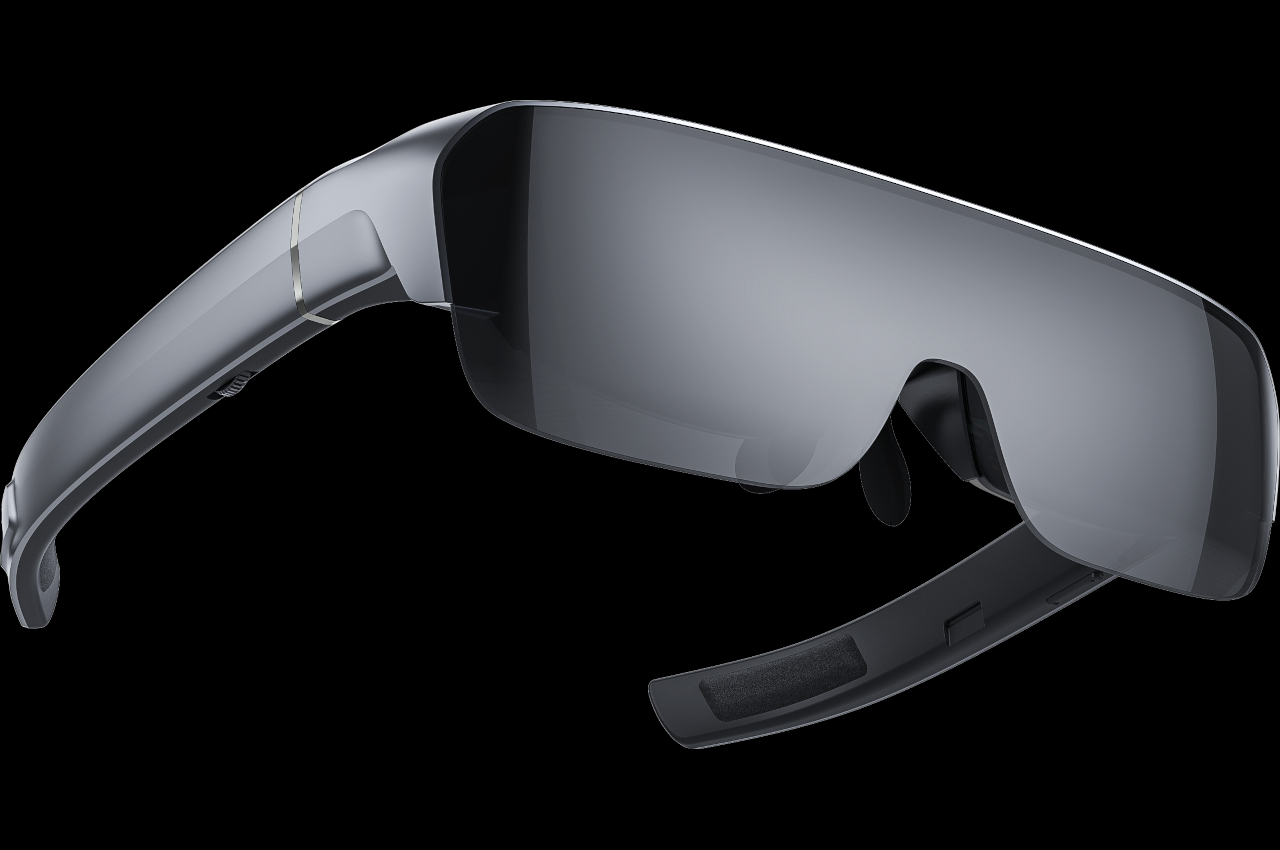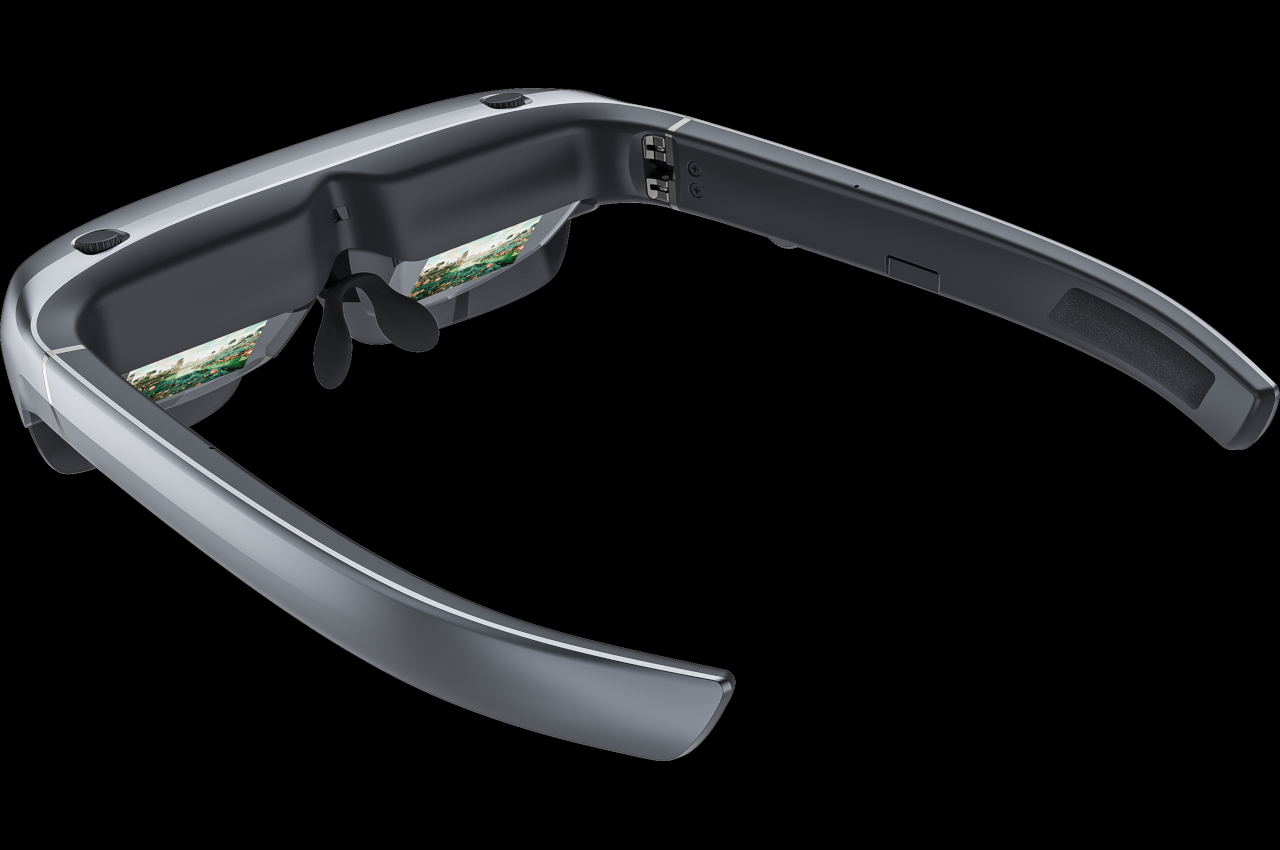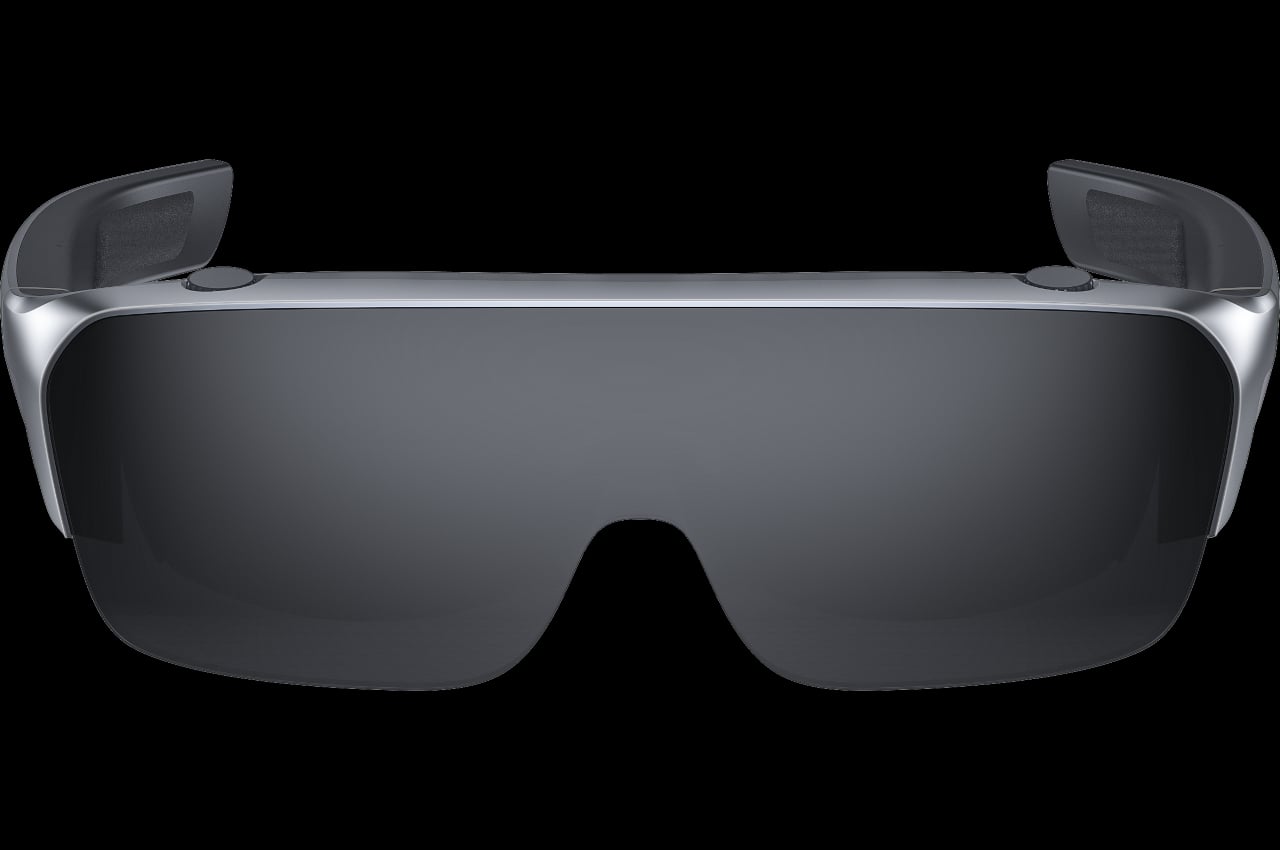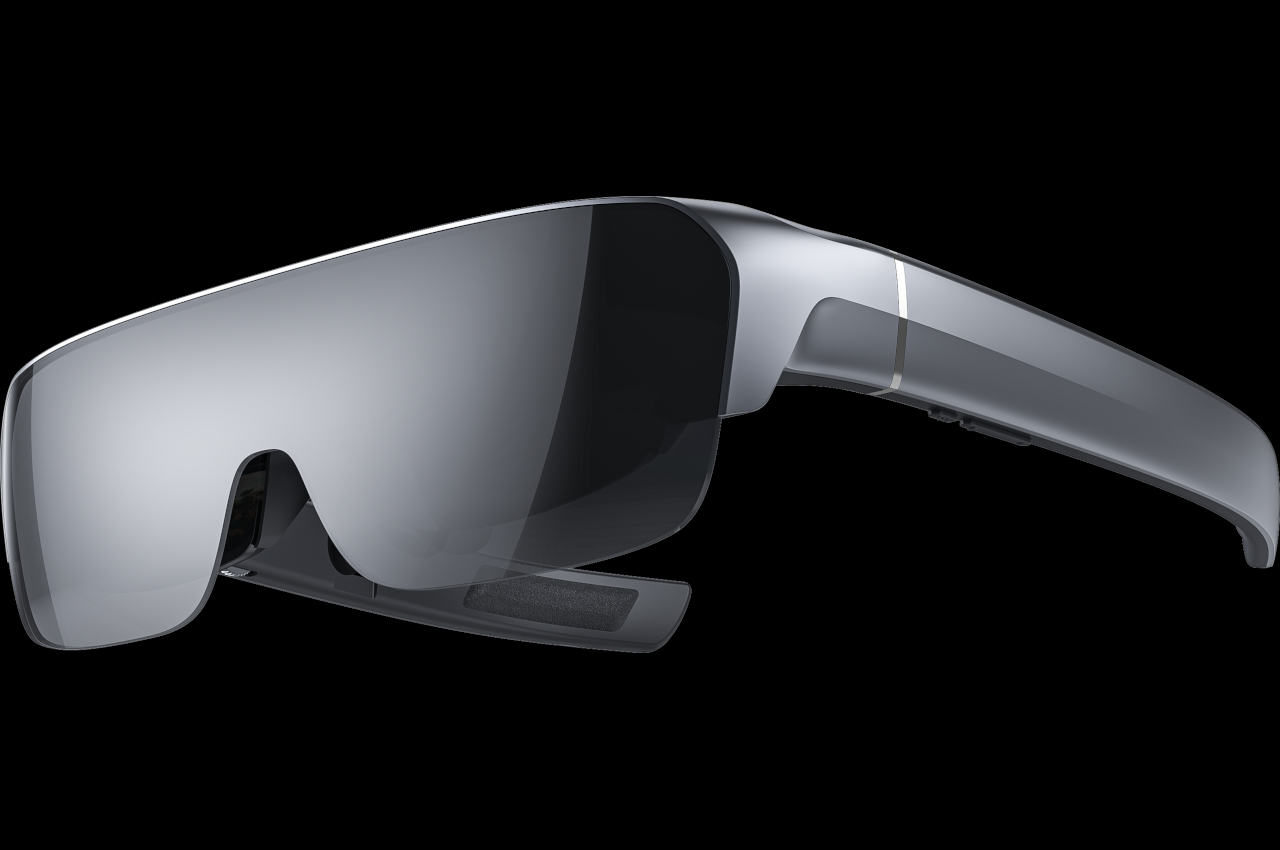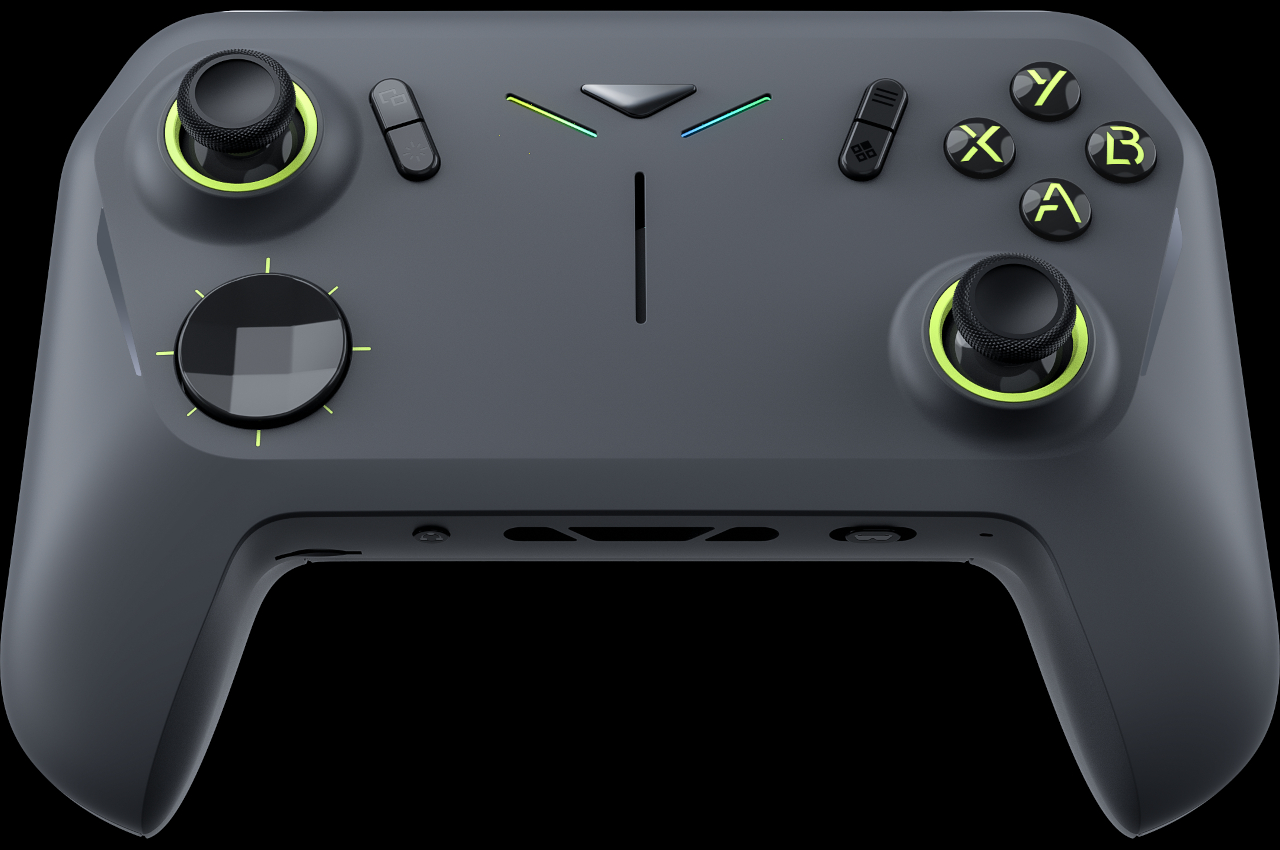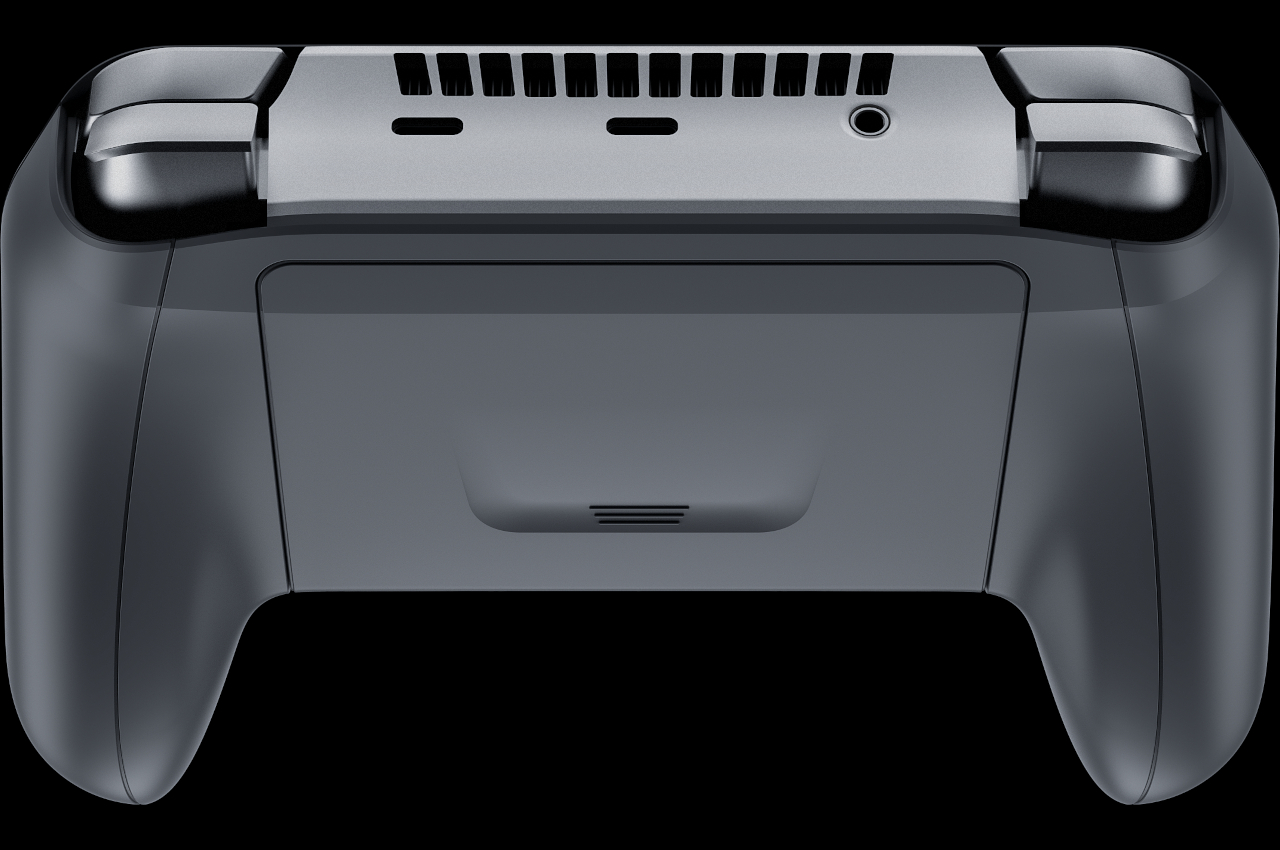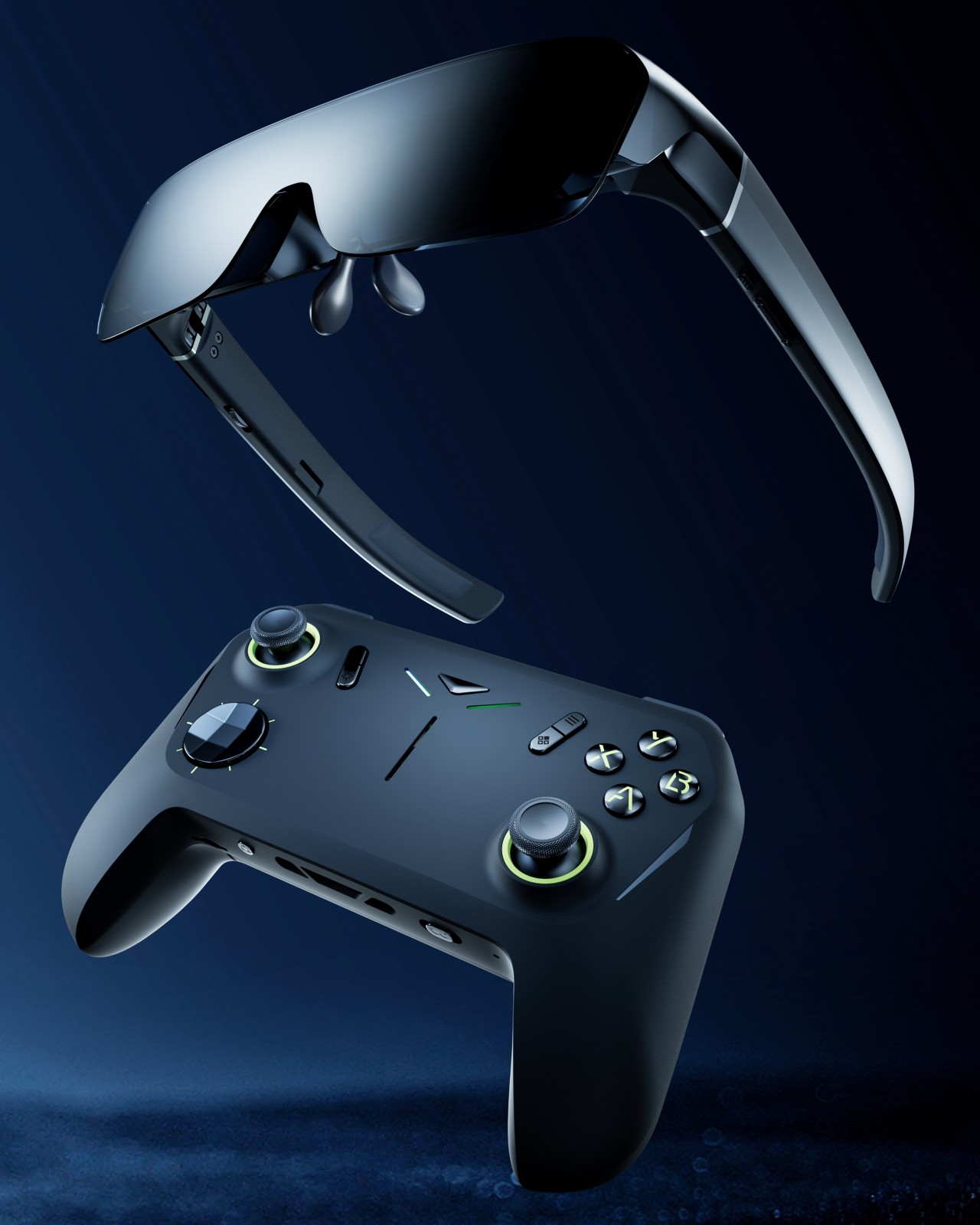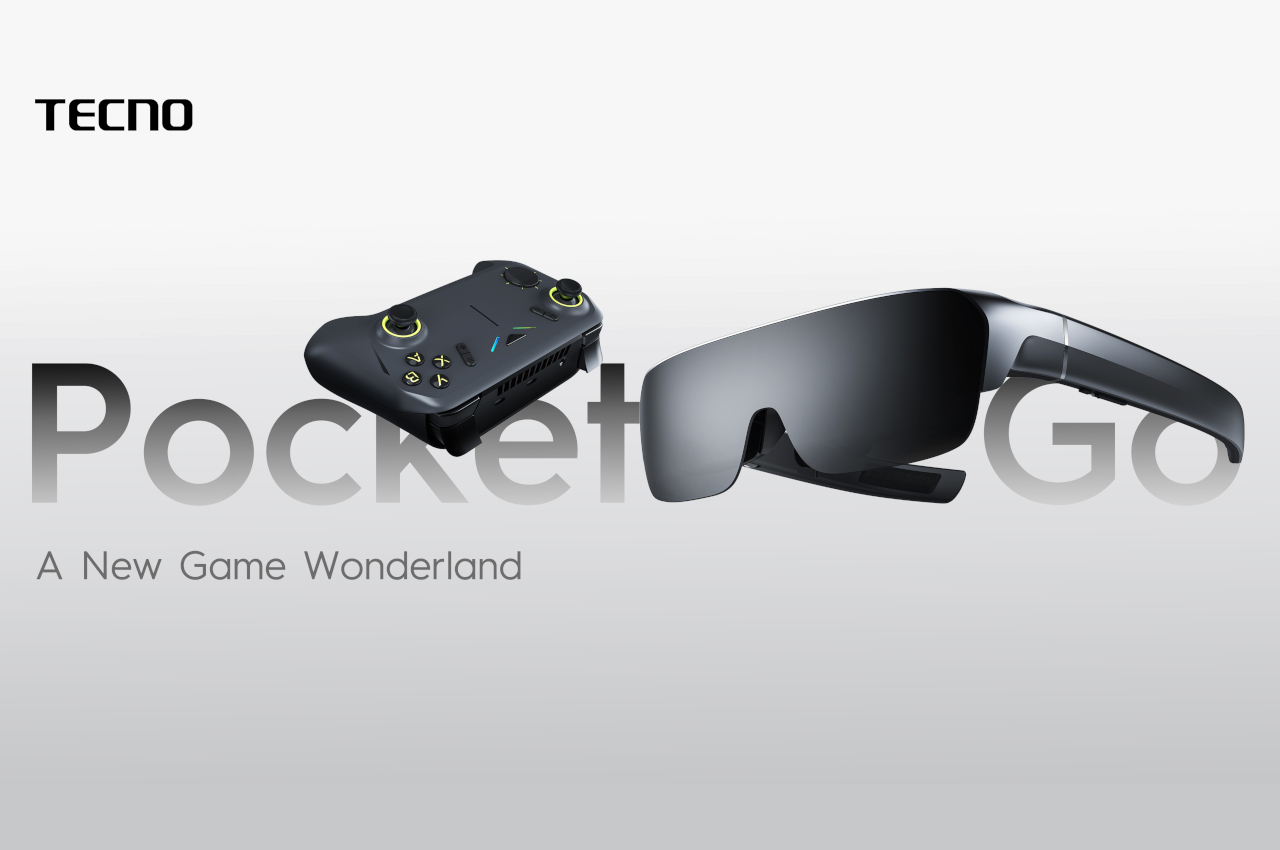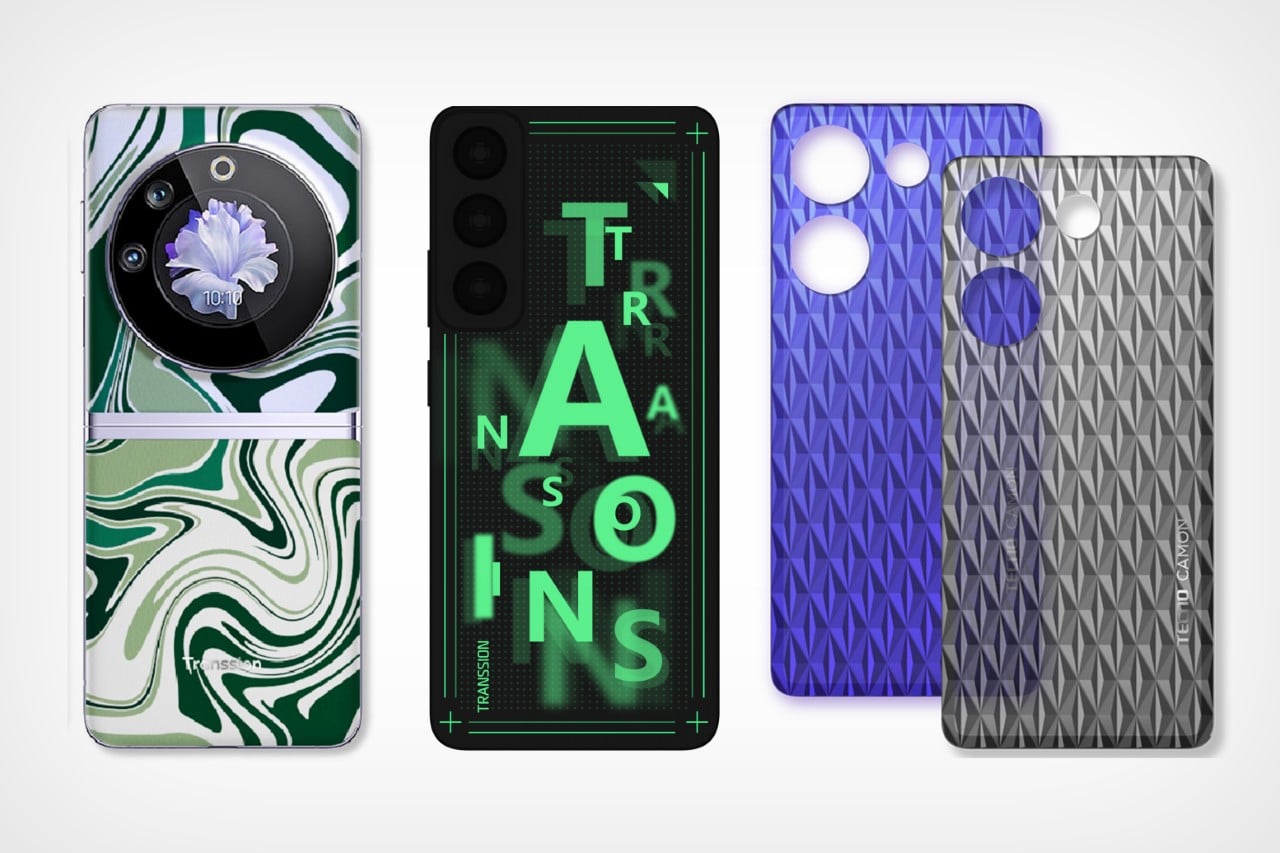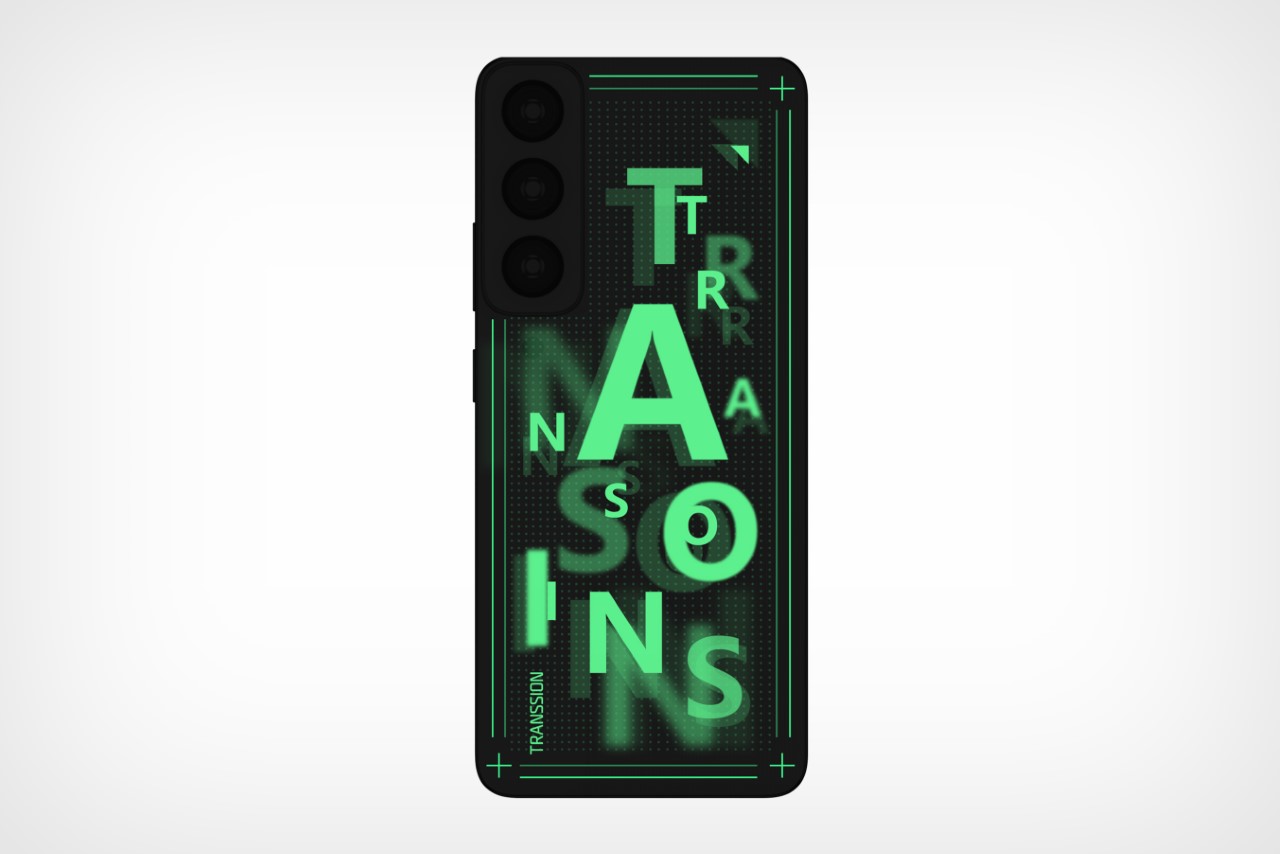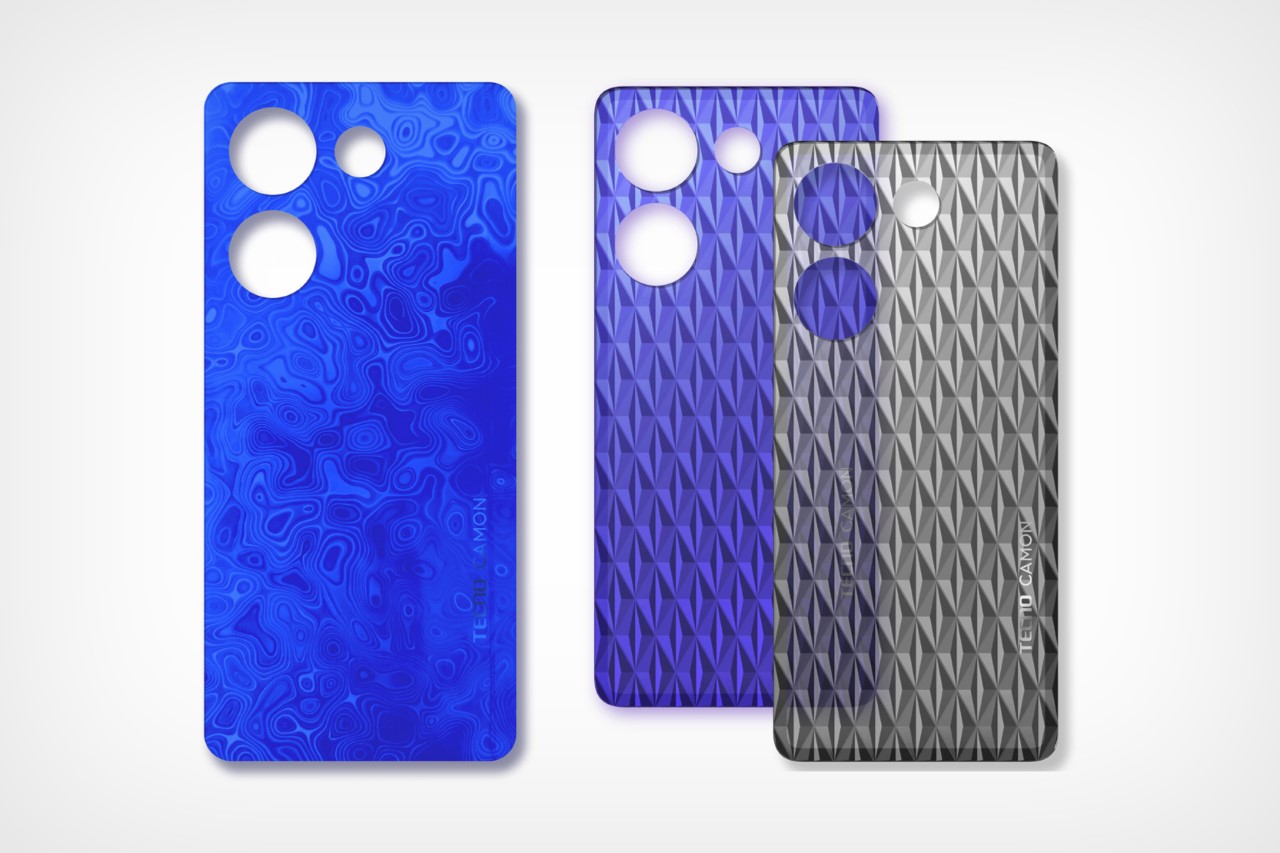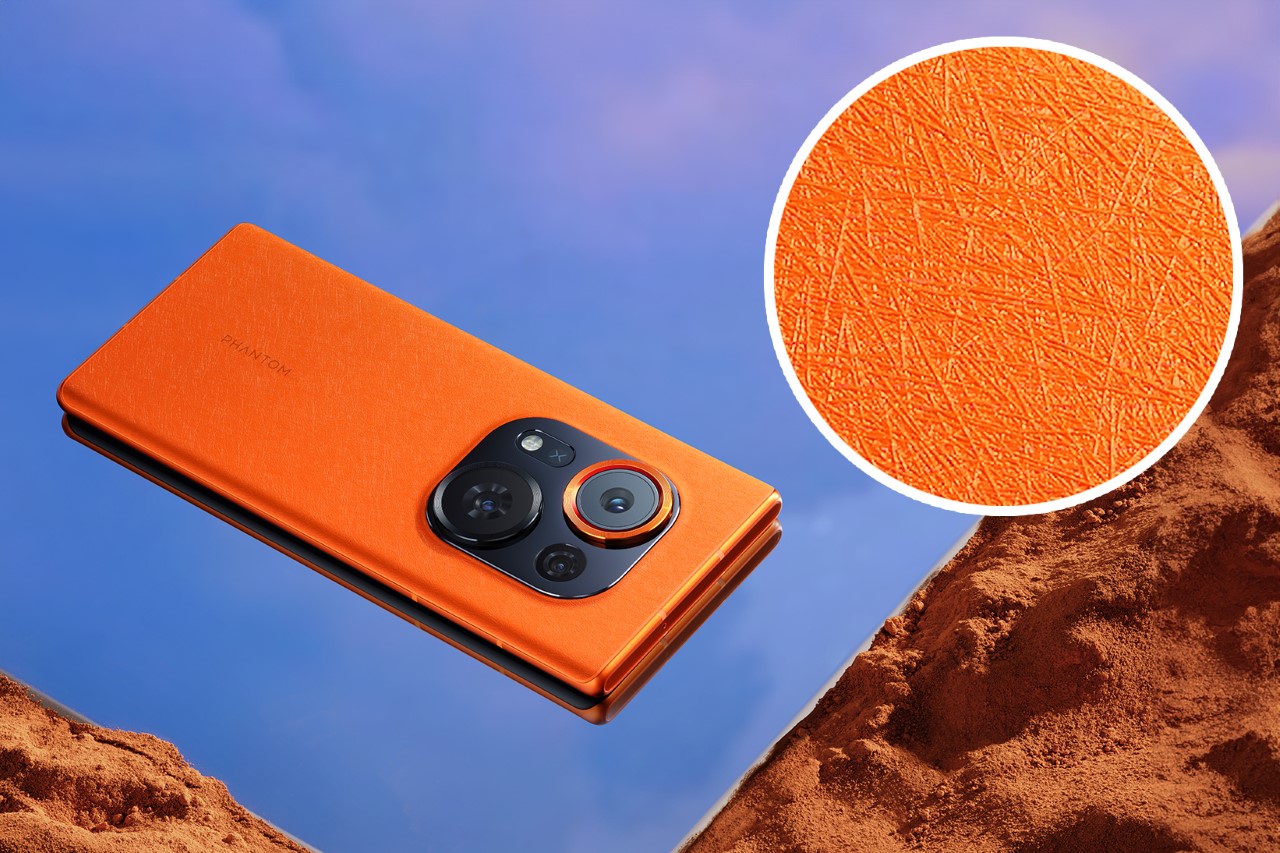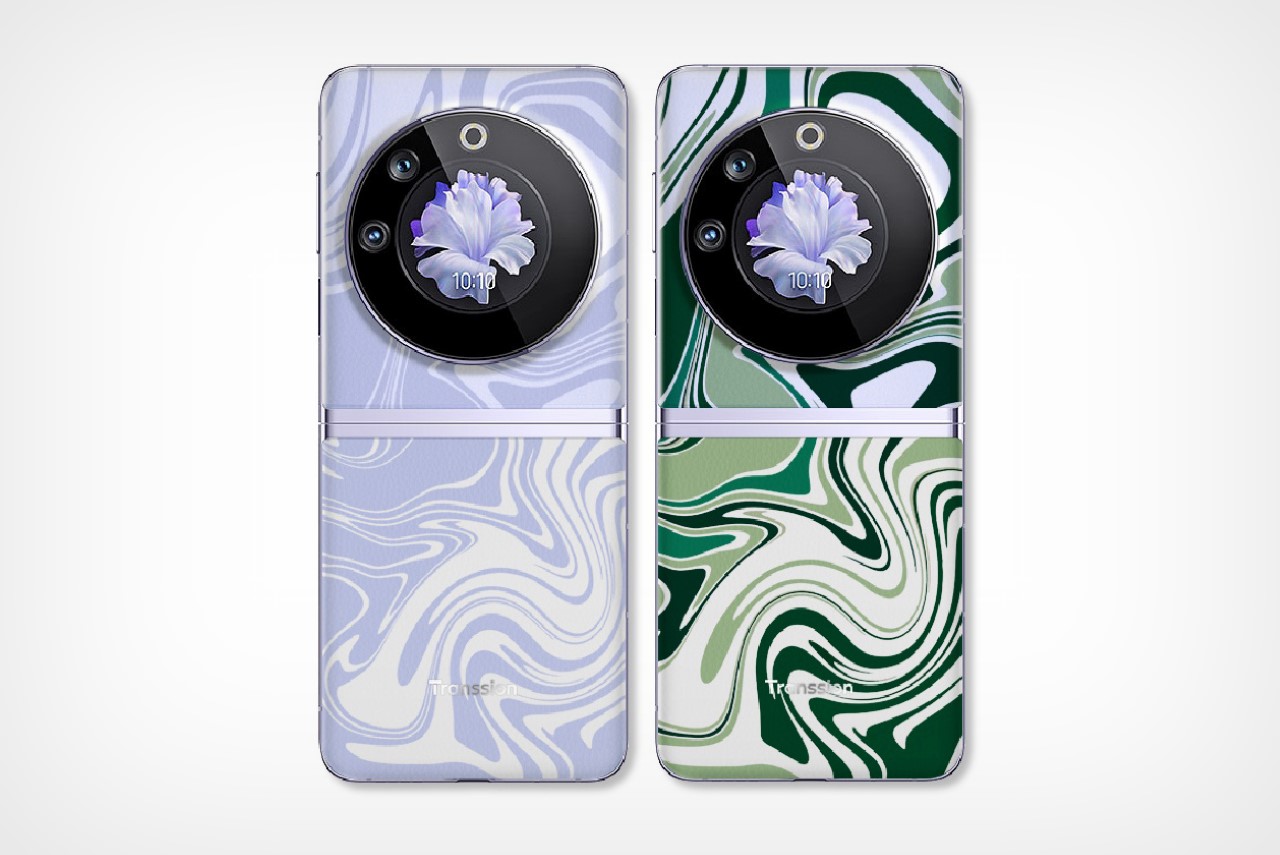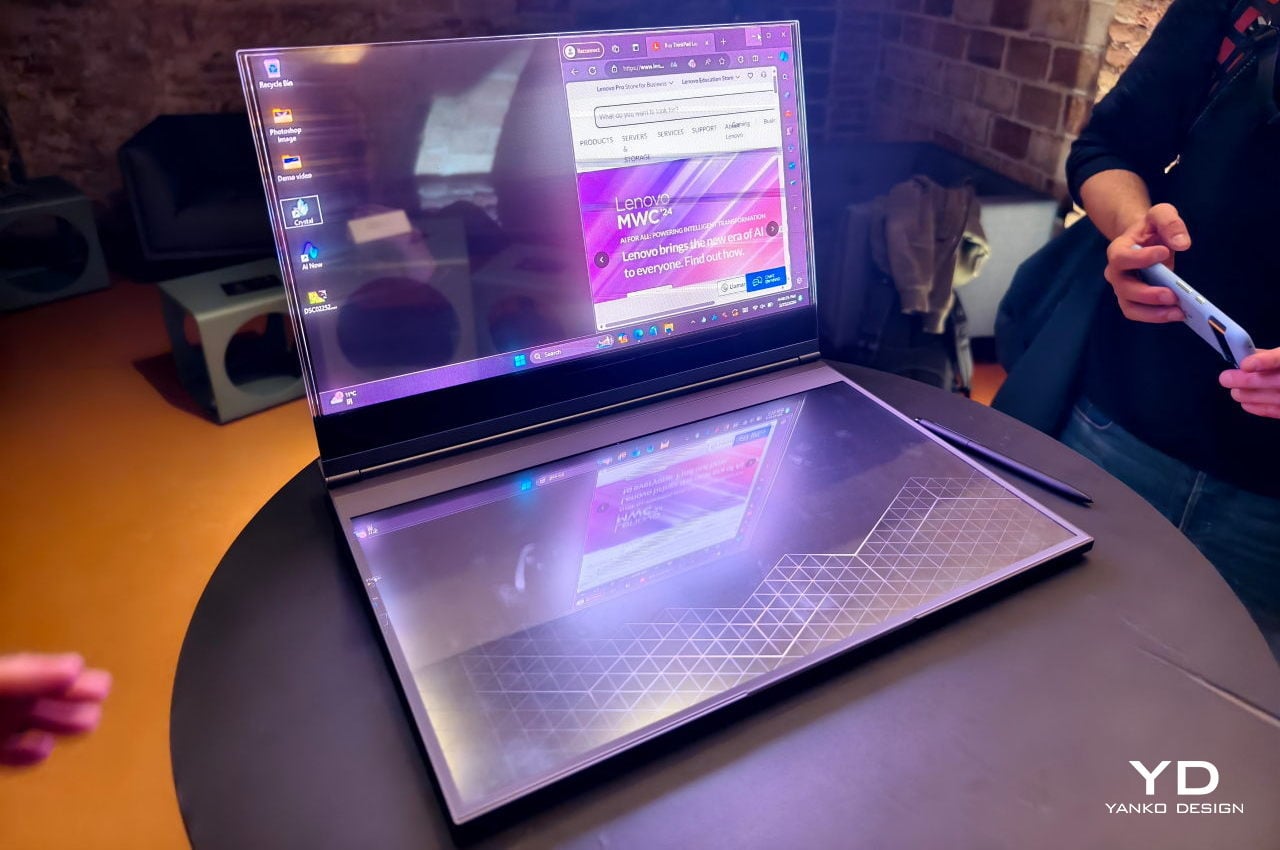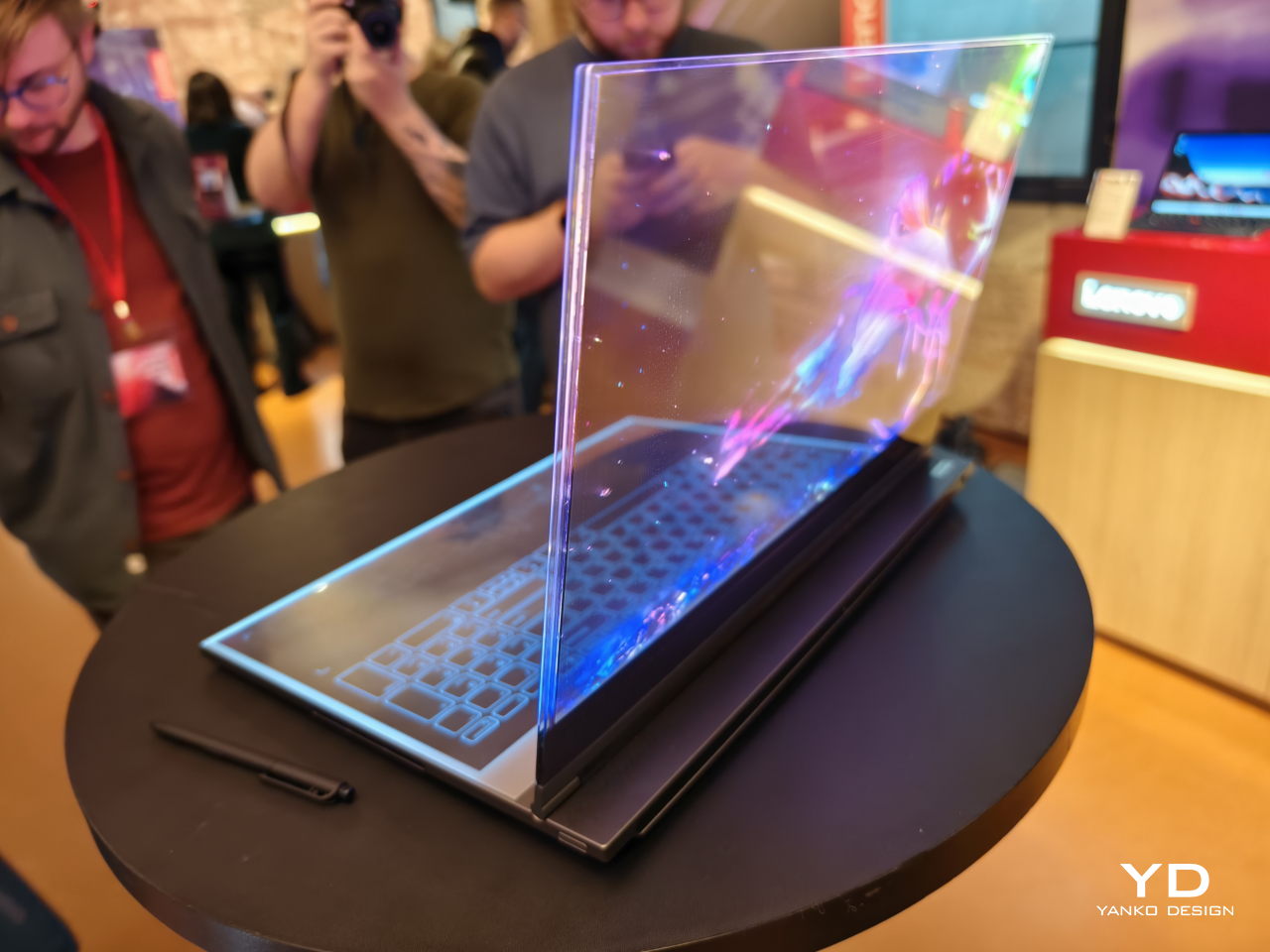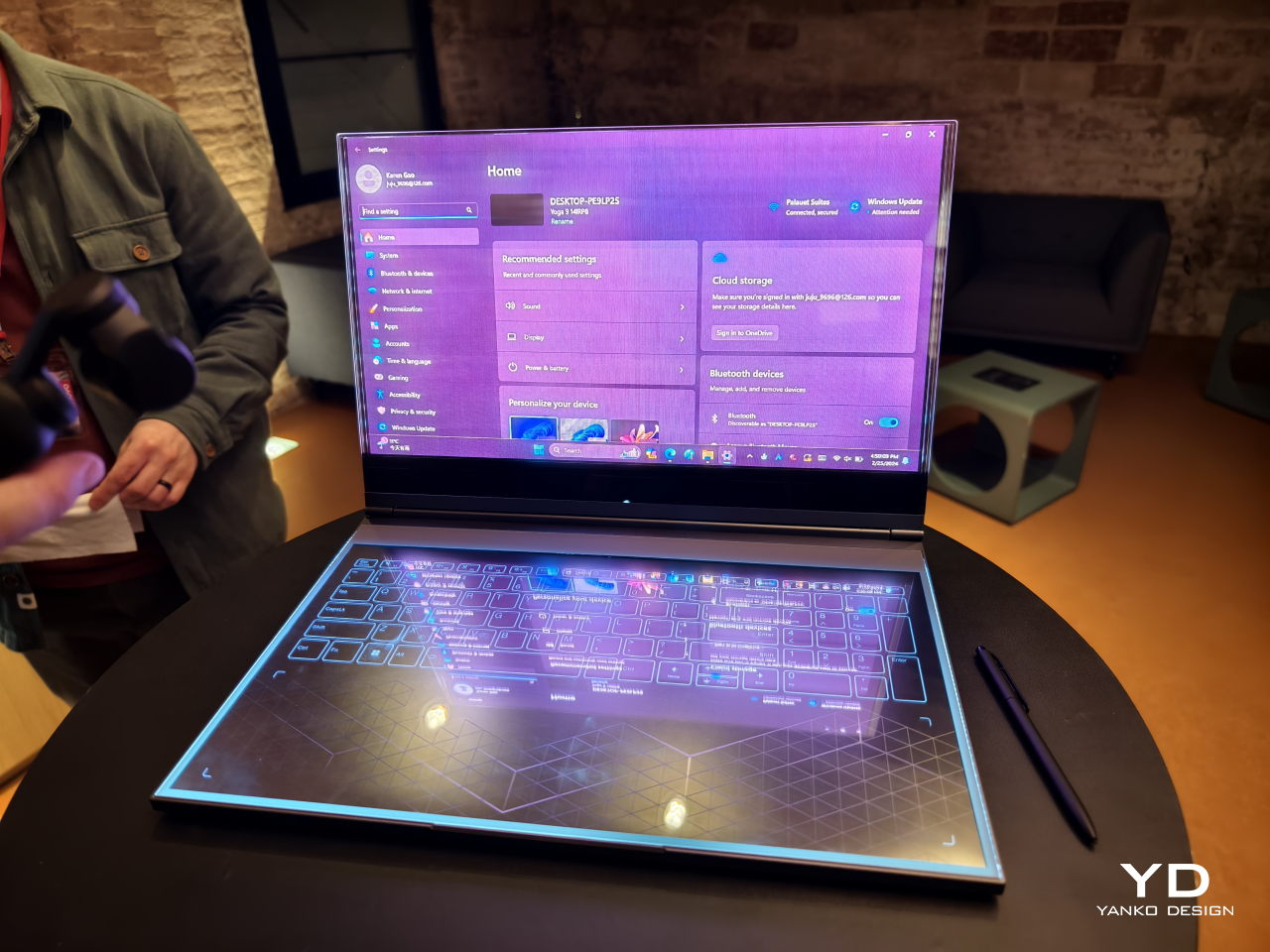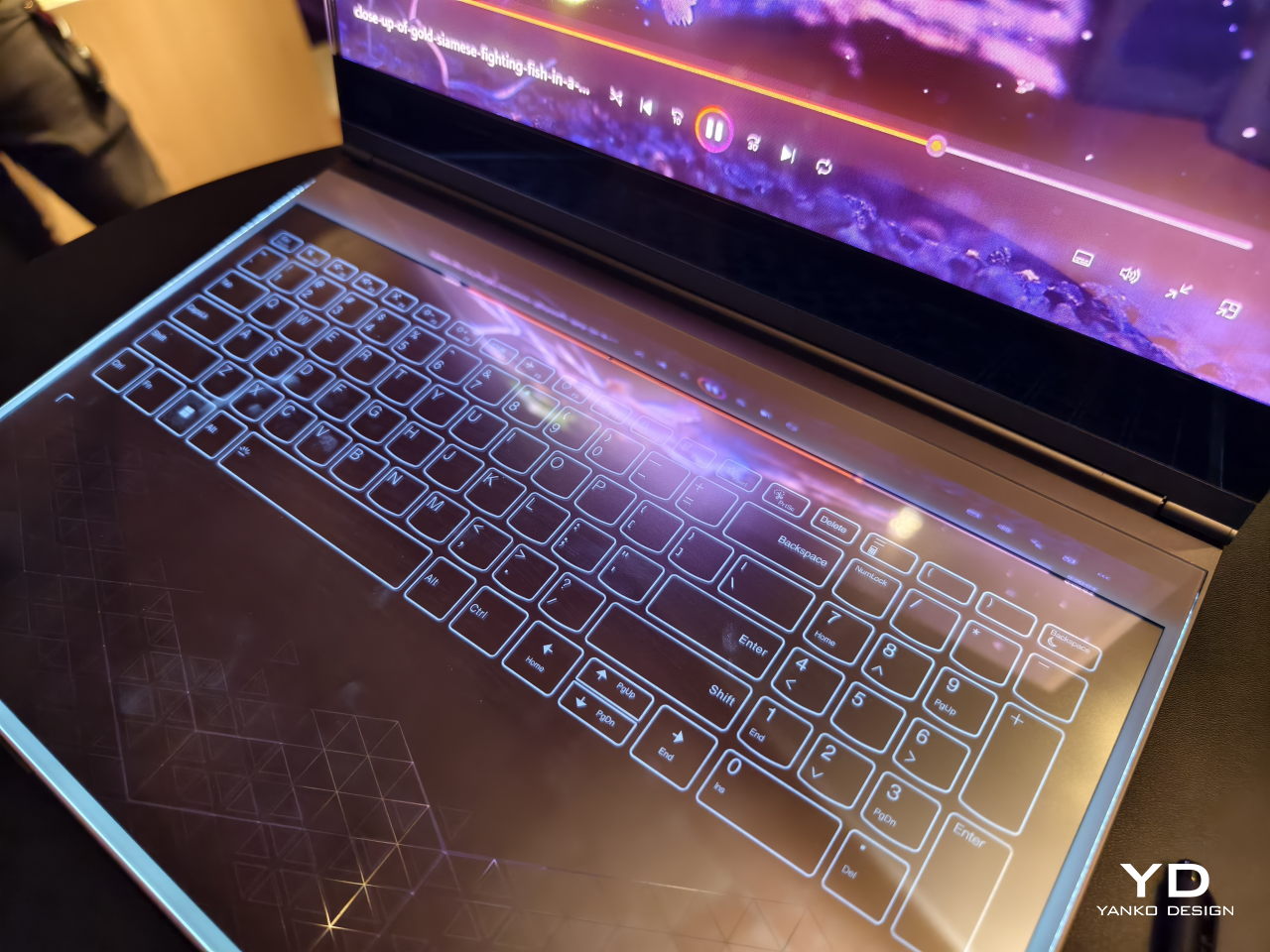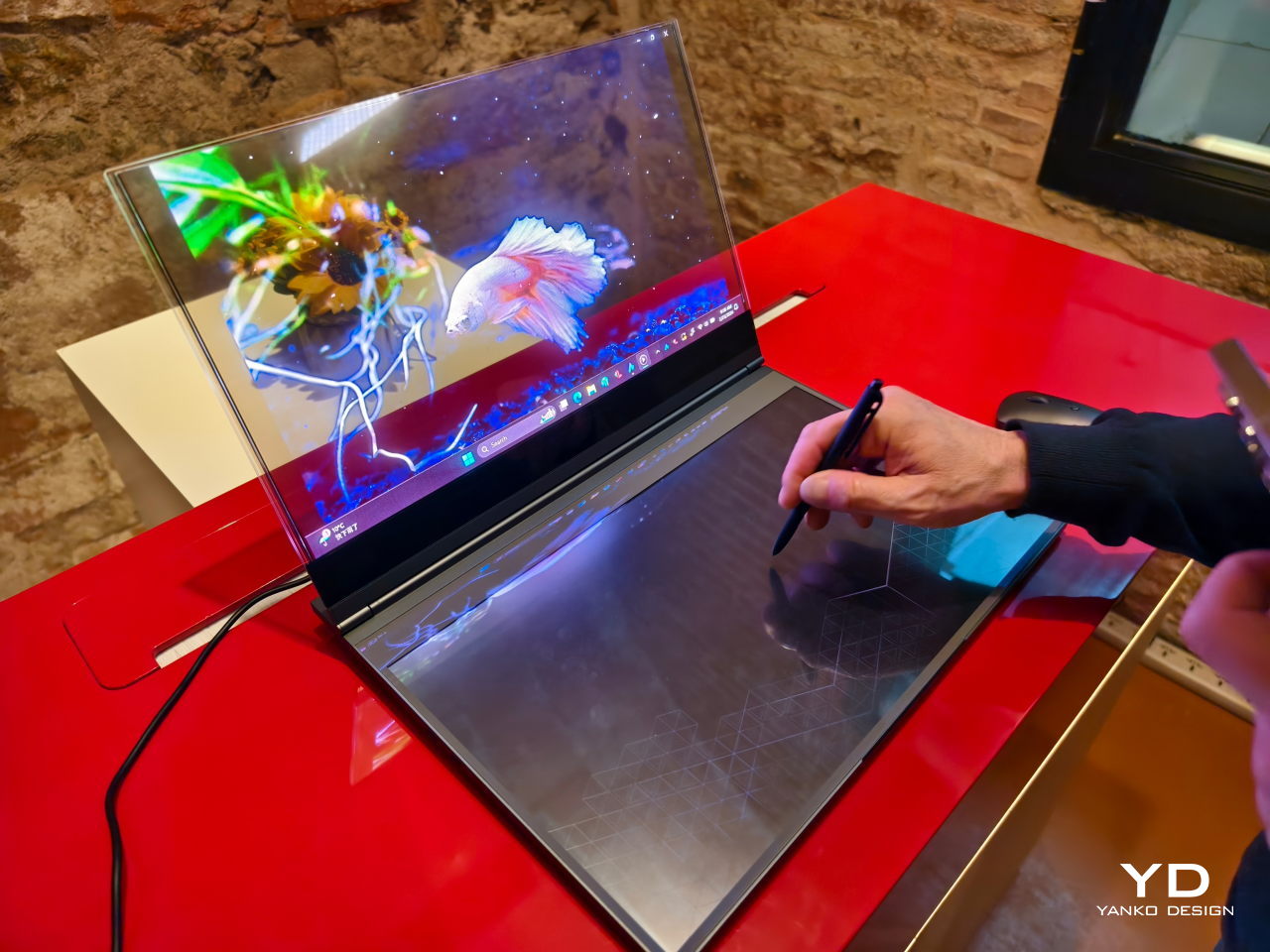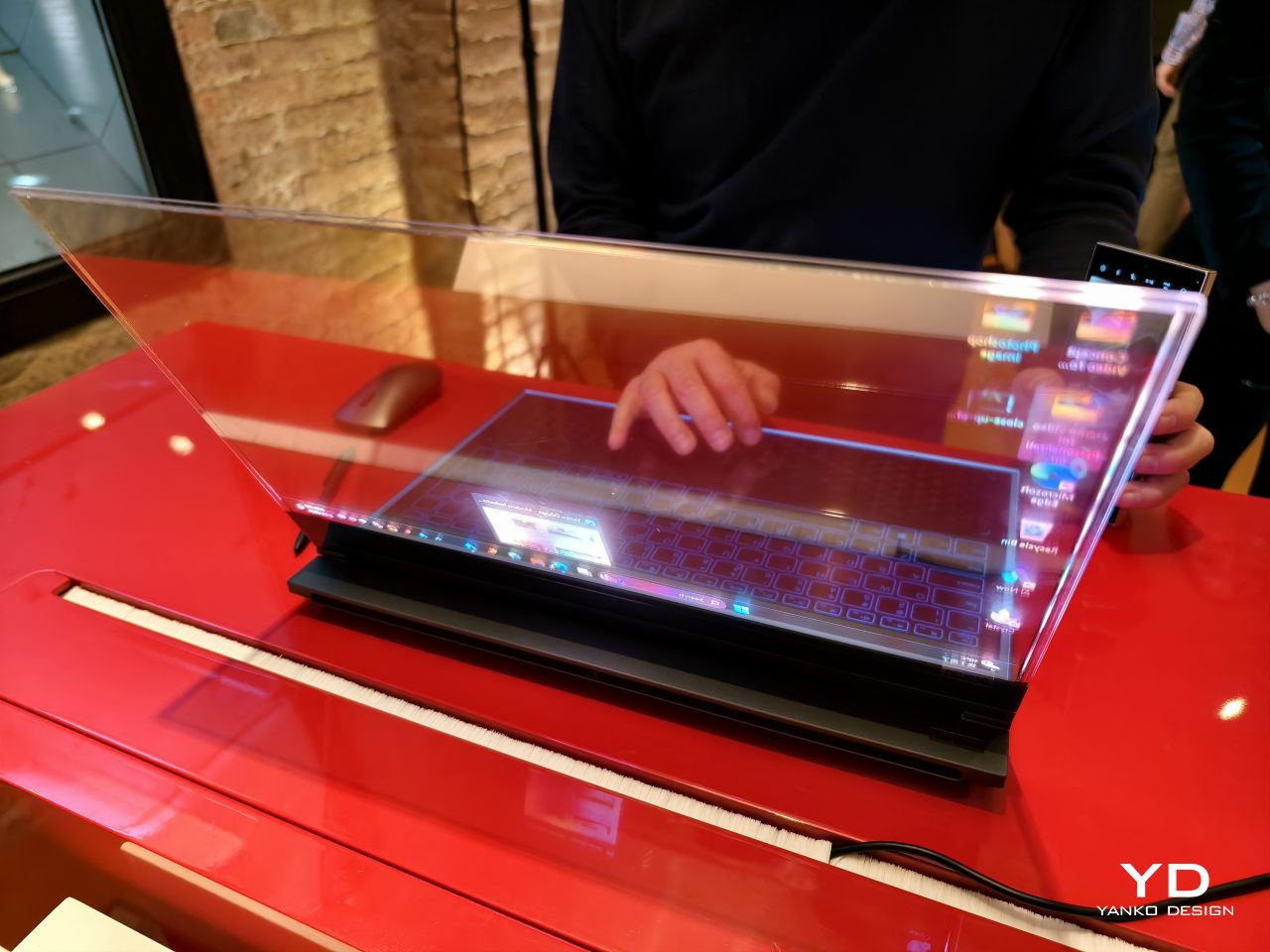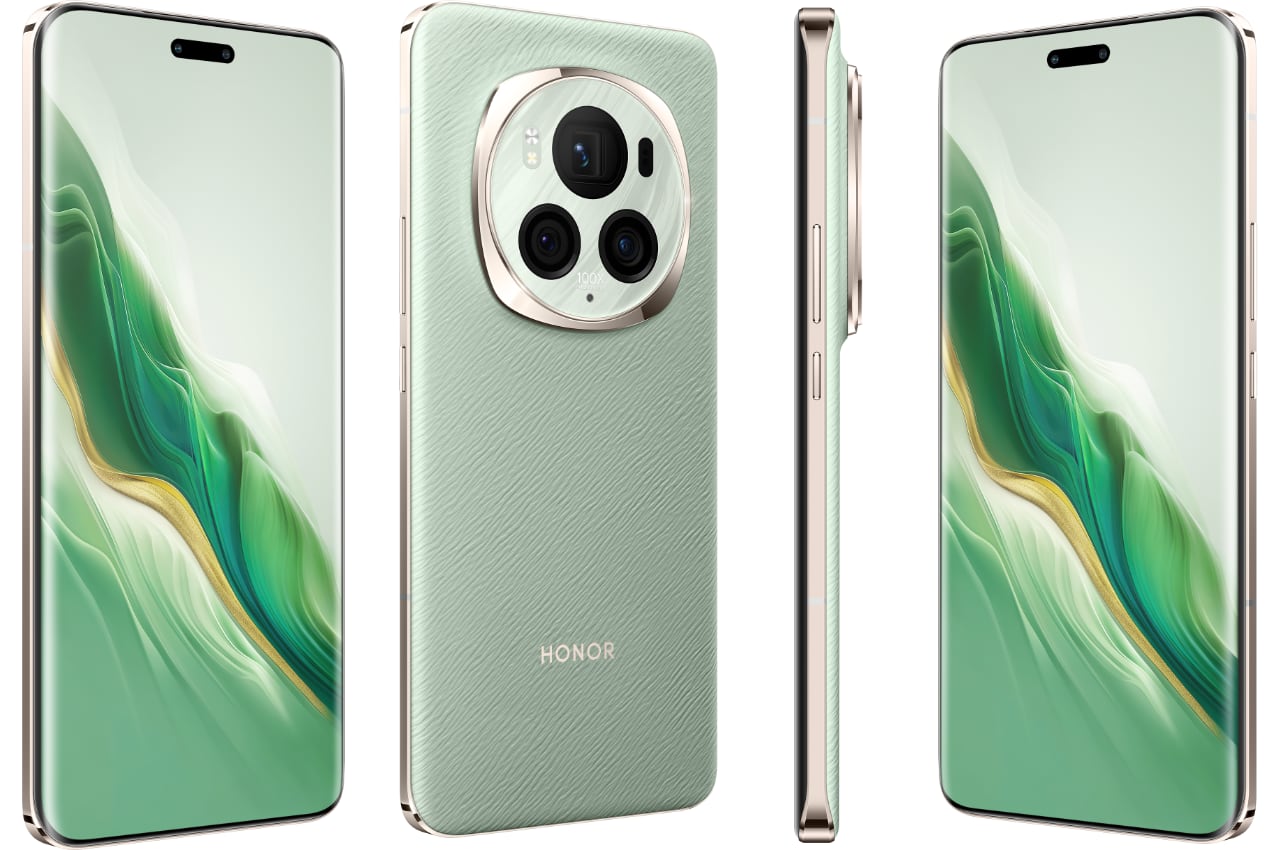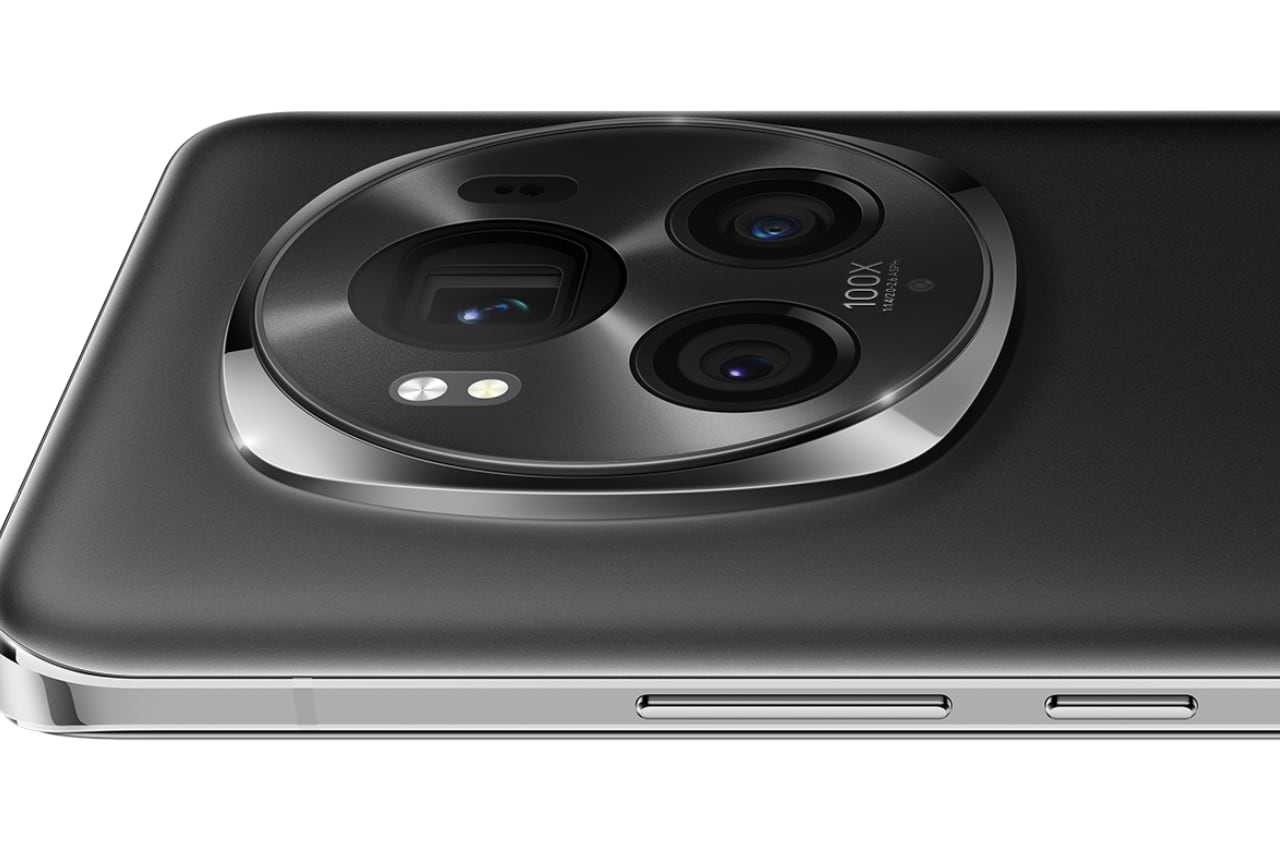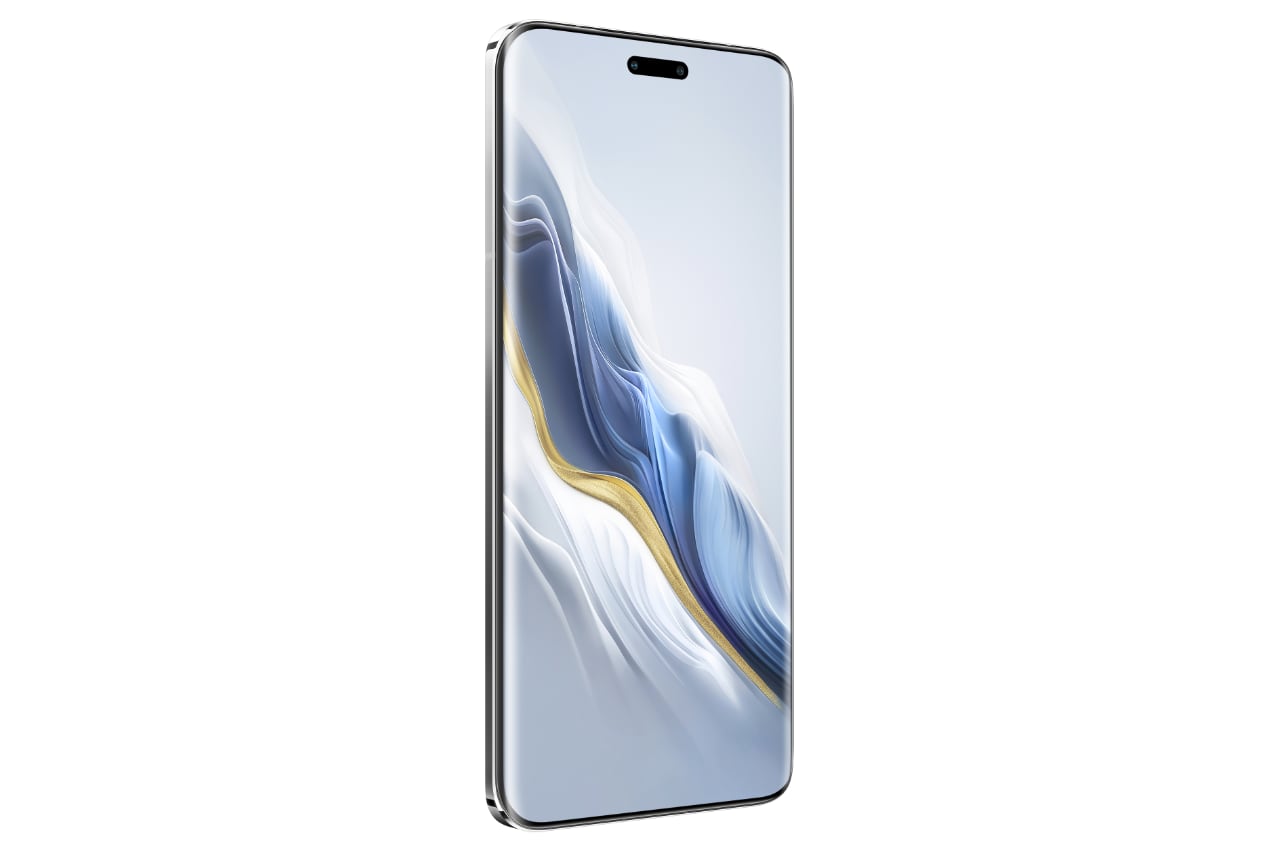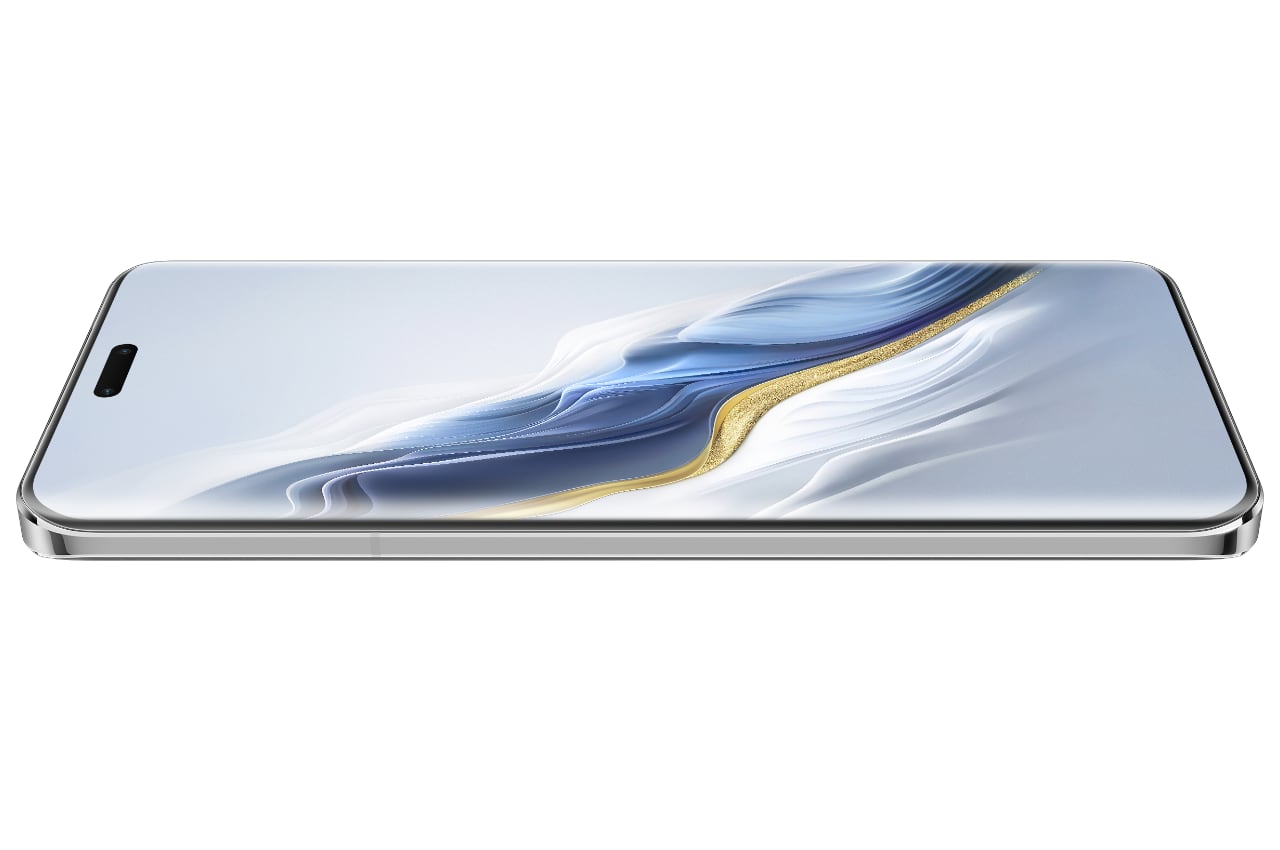Showcasing their tech at the Mobile World Congress, Everysight is riding the new AR (or should we call it Spatial) wave with the Maverick, their small, sleek, and stylish glasses that challenge the bulky mixed reality glasses and headsets we see today with something so close to regular glasses, you wouldn’t be able to tell the difference. Designed with a projected display that lets you see data and metric overlaid on the existing world, the Maverick uses an entire slew of sensors to track position, orientation, and head-tilt to ensure that digital elements remain in your line of sight (LOS) and correctly oriented. In fact, the Maverick even bagged multiple awards last year, including the iF Design Award and the Red Dot Award.
Designer: Everysight
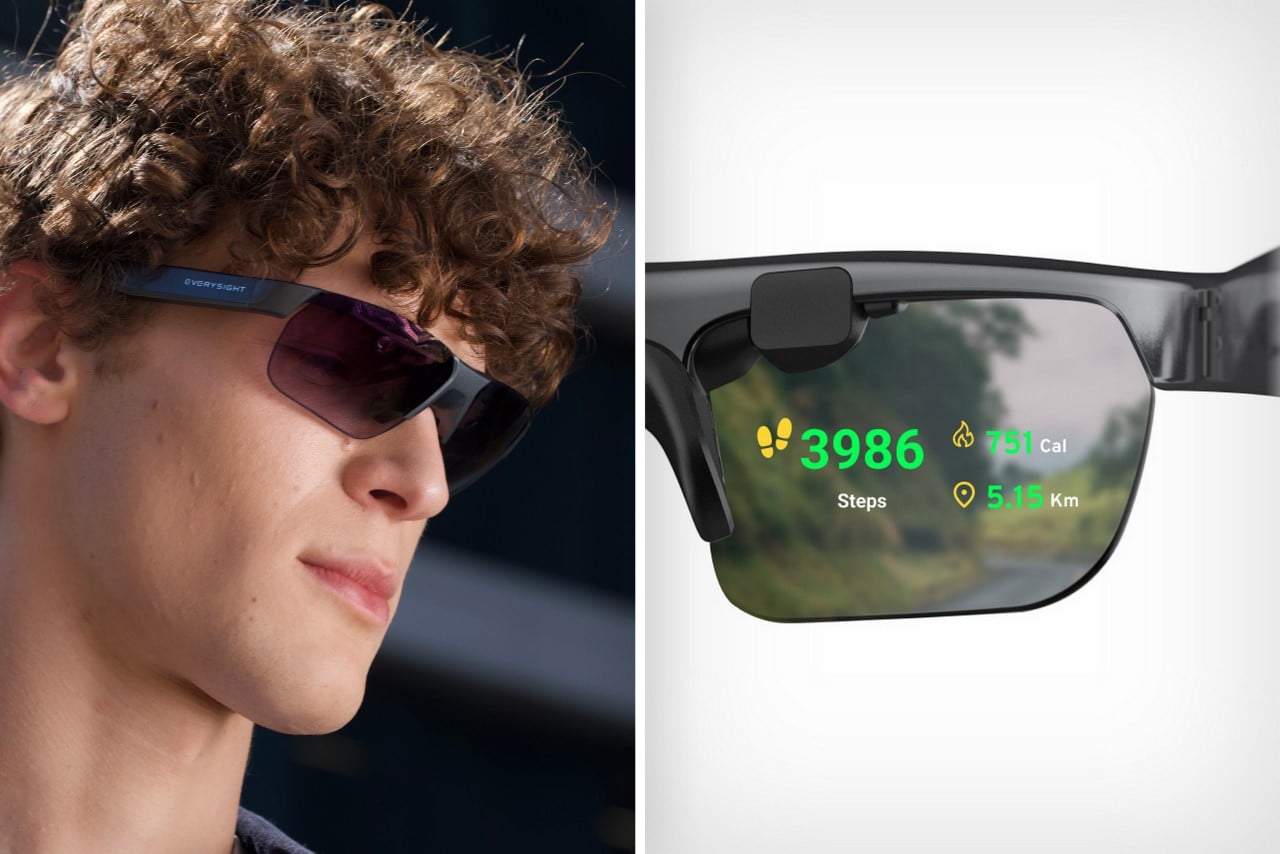

Unlike most AR headsets that can make you look a little dystopian when walking down the streets or sitting in a subway (we’re looking at you, Vision Pro wearers), the Maverick stands at the intersection of great tech and fashion. Weighing in at under 47 grams, these glasses boast a sporty, ergonomic frame that promises comfort for all-day wear, a crucial consideration for devices intended to be part of our daily lives. This comfort does not come at the expense of durability or style, making them a versatile accessory suitable for any occasion.
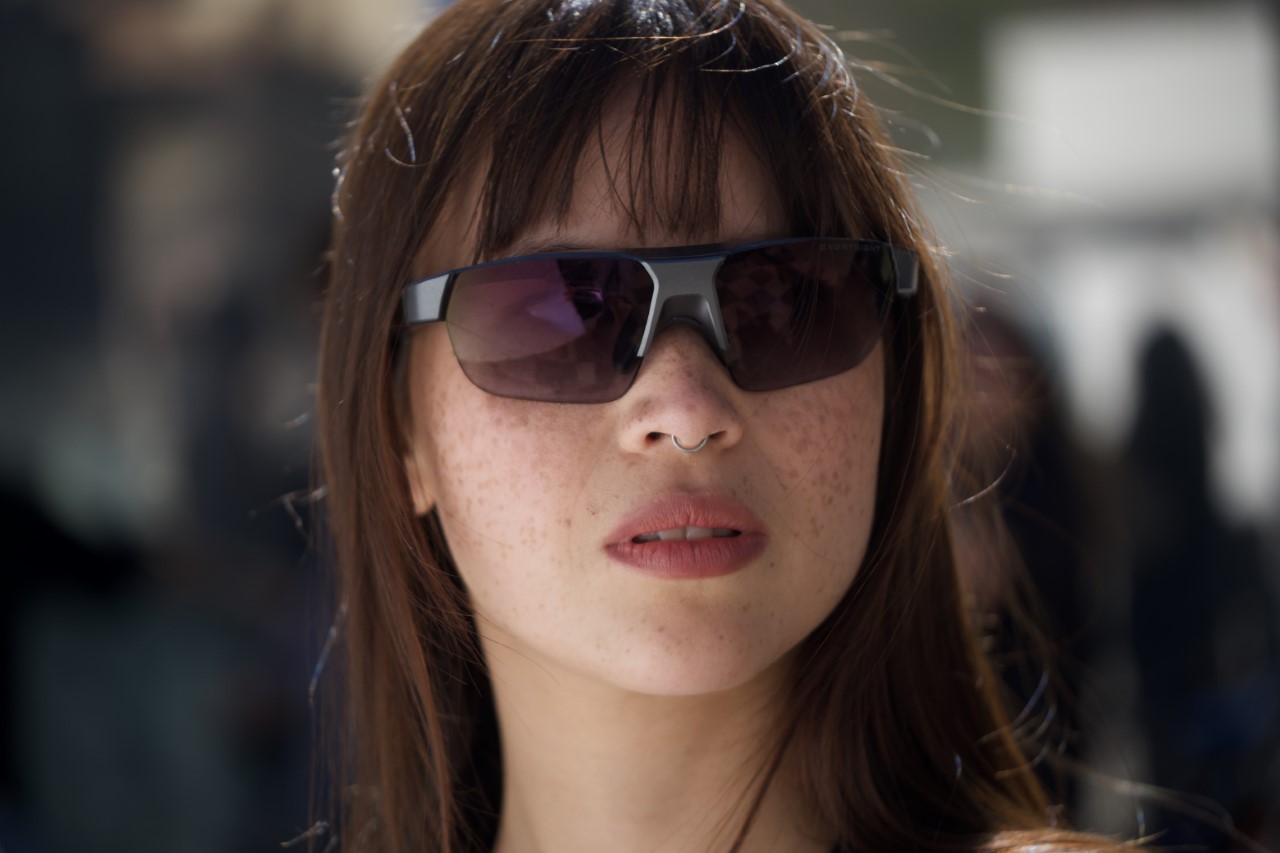
AR glasses are only as good as their displays (something that most Vision Pro users will swiftly point out – which is why the Maverick impresses with its crisp, high-contrast visuals despite its tiny package. Utilizing a Sony Color microOLED display, it delivers stunning visuals characterized by vibrant colors and sharp details. The high-brightness display guarantees an optimal viewing experience in both indoor and outdoor settings, a testament to the glasses’ adaptability and user-centric design.

Ease of use is at the forefront of the Maverick design, with an intuitive interface that allows users to navigate and control features through simple gestures. This user-friendly approach is further enhanced by advanced sensors like a 3D accelerometer, gyro, and magnetometer, which provide accurate line-of-sight tracking for an immersive augmented reality experience.


Battery life is a perennial concern for wearable technologies, and here, Maverick impresses with over 8 hours of continuous operation. This endurance is complemented by efficient power management, ensuring that the glasses support a day’s worth of activities without needing a recharge. Such longevity is essential for users who demand reliability from their smart devices.

User interface and interaction are streamlined for ease of use. Maverick features an intuitive interface that allows for effortless navigation and control through simple gestures. This ease of use is further enhanced by the inclusion of a 3D accelerometer, gyro, and magnetometer, providing accurate line-of-sight tracking that enriches the augmented reality experience by aligning virtual objects with the real world seamlessly. Moreover, the Maverick glasses are designed with inclusivity in mind. They offer an RX solution with personalized lenses tailored to individual prescriptions, ensuring that users with varying visual needs can enjoy the benefits of smart eyewear without compromise.
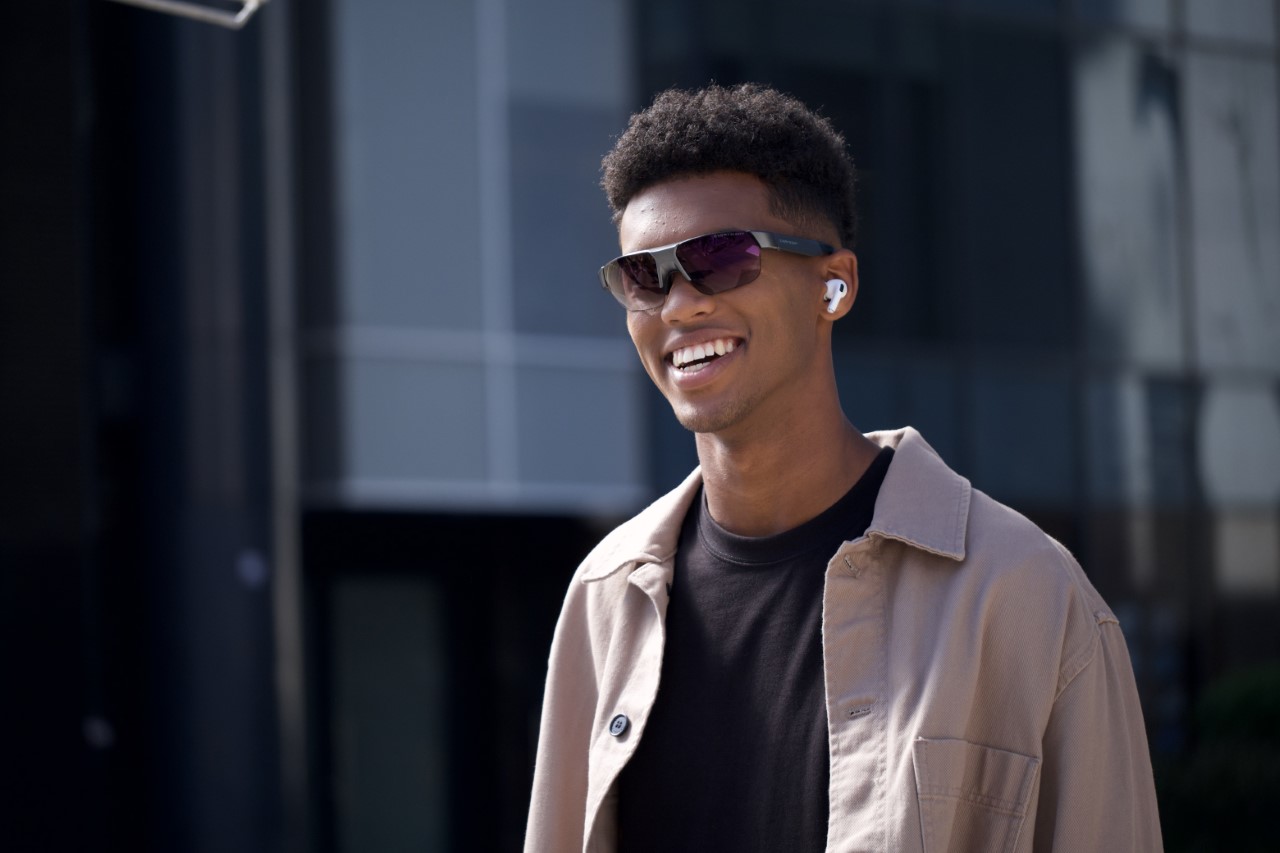
Connectivity is robust, with Bluetooth 5.2 ensuring seamless pairing with a wide range of devices, including iOS and Android smartphones, as well as Apple Watch and Android Wear. This connectivity underpins the Maverick’s versatility, making it a central hub for notifications and digital interactions on the go.
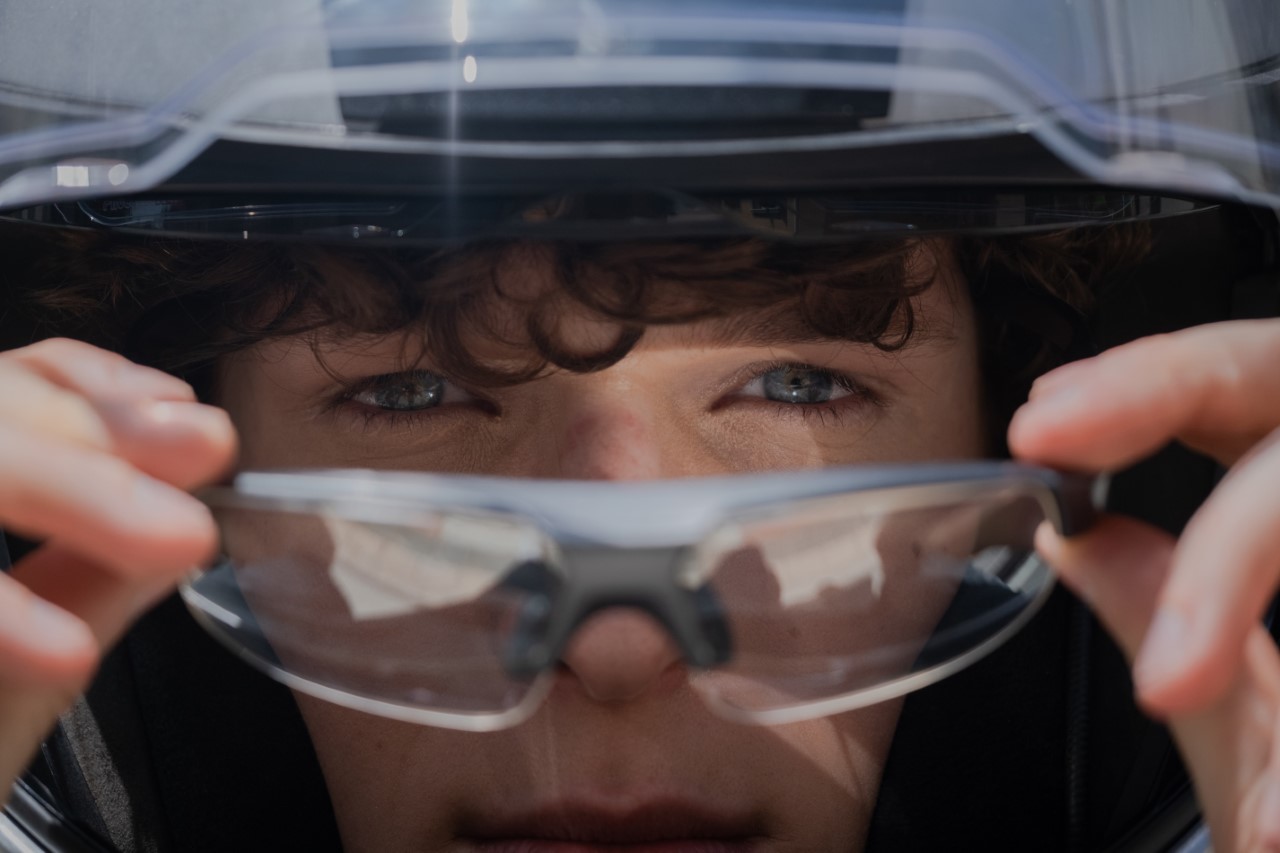

In the box, users will find everything needed to start their journey with Maverick: tinted removable visors, a charging cable, a carrying case, a pouch, a cleaning cloth, and interchangeable nose pieces. Everysight is selling a developer edition of the Maverick for $399, although it’s unclear when the public rollout will begin, and what the price will be for regular consumers.
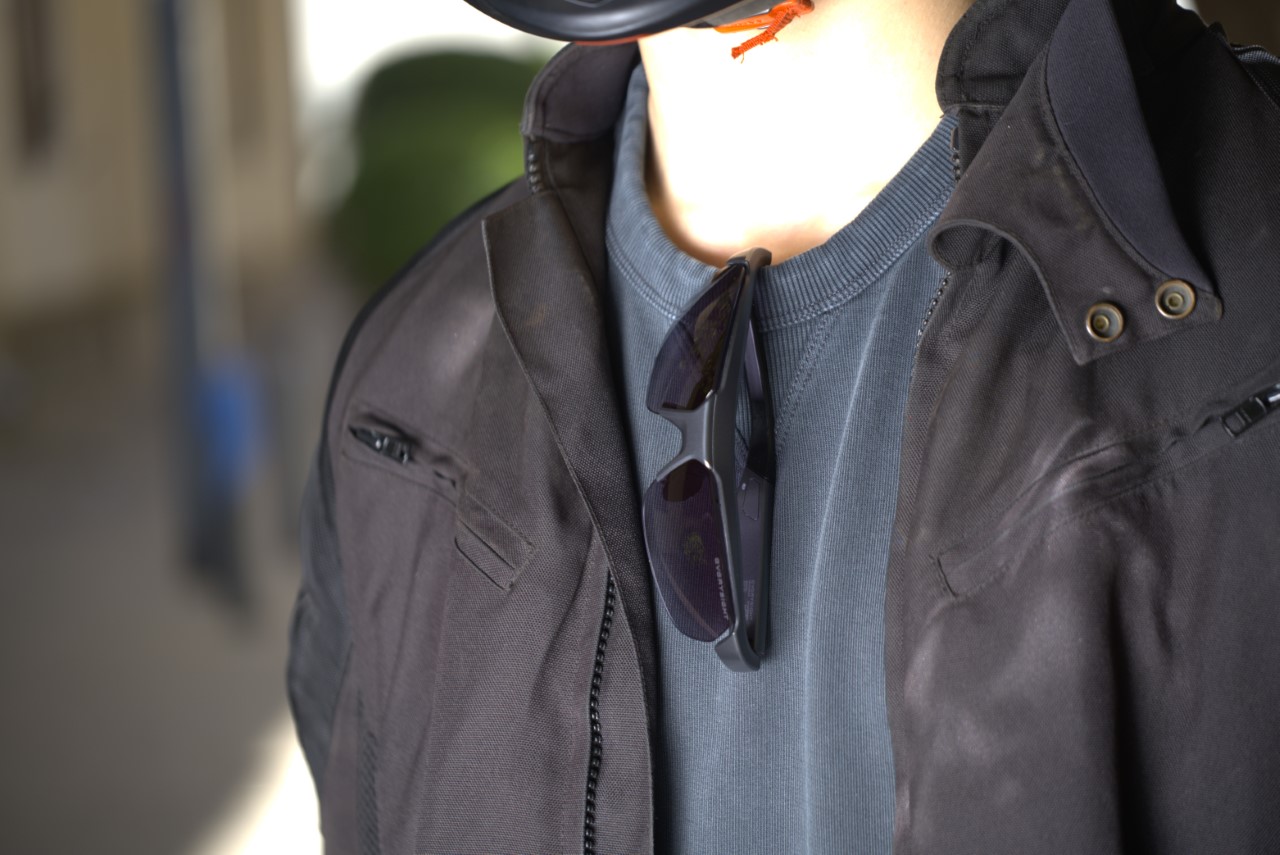
Everysight’s Maverick glasses represent a significant advancement in smart eyewear, proving that it’s possible to stay stylish while benefiting from the latest in wearable technology. They set a new benchmark for combining practicality with elegance, ensuring users can stay connected in a visually compelling, productive, and convenient manner. If these glasses could brew coffee, we might never find a reason to take them off.
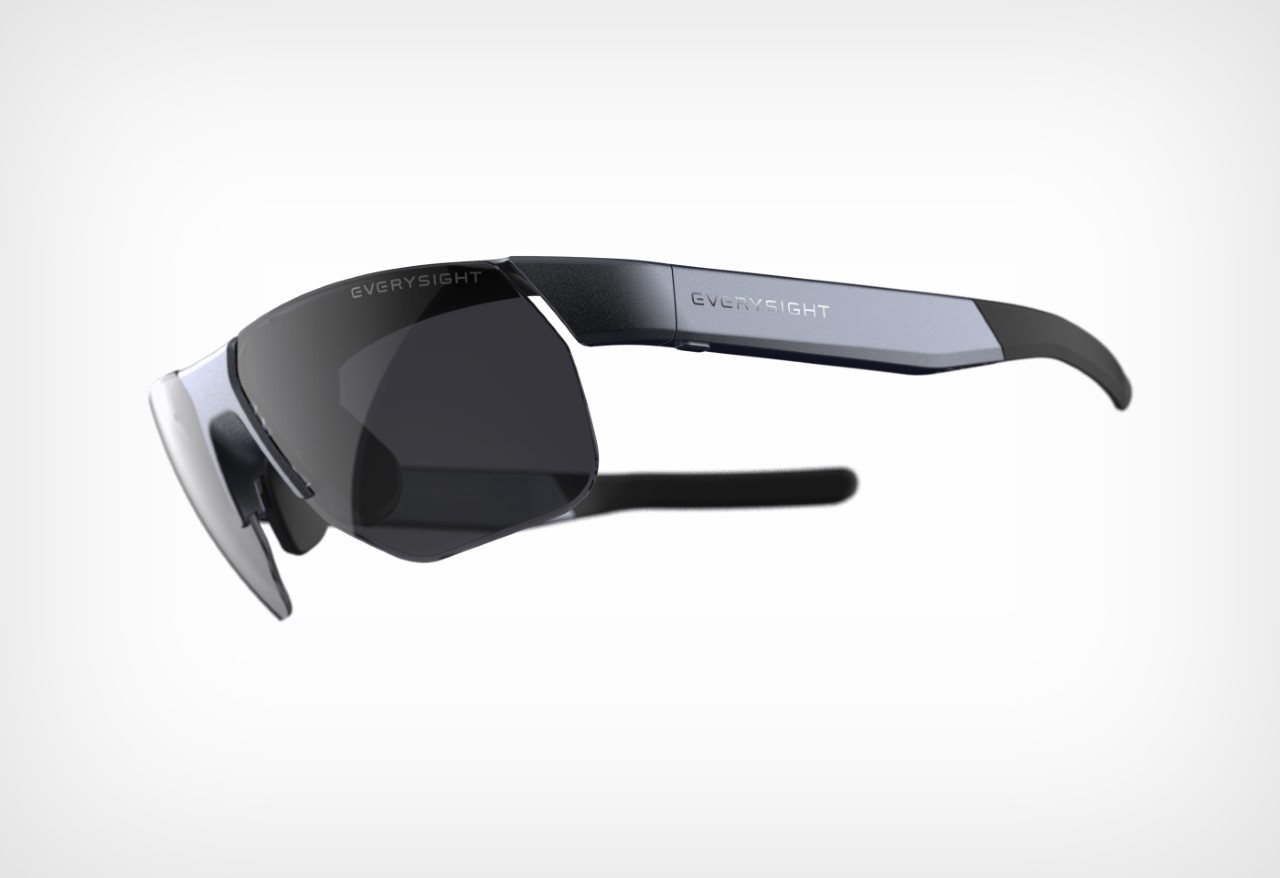
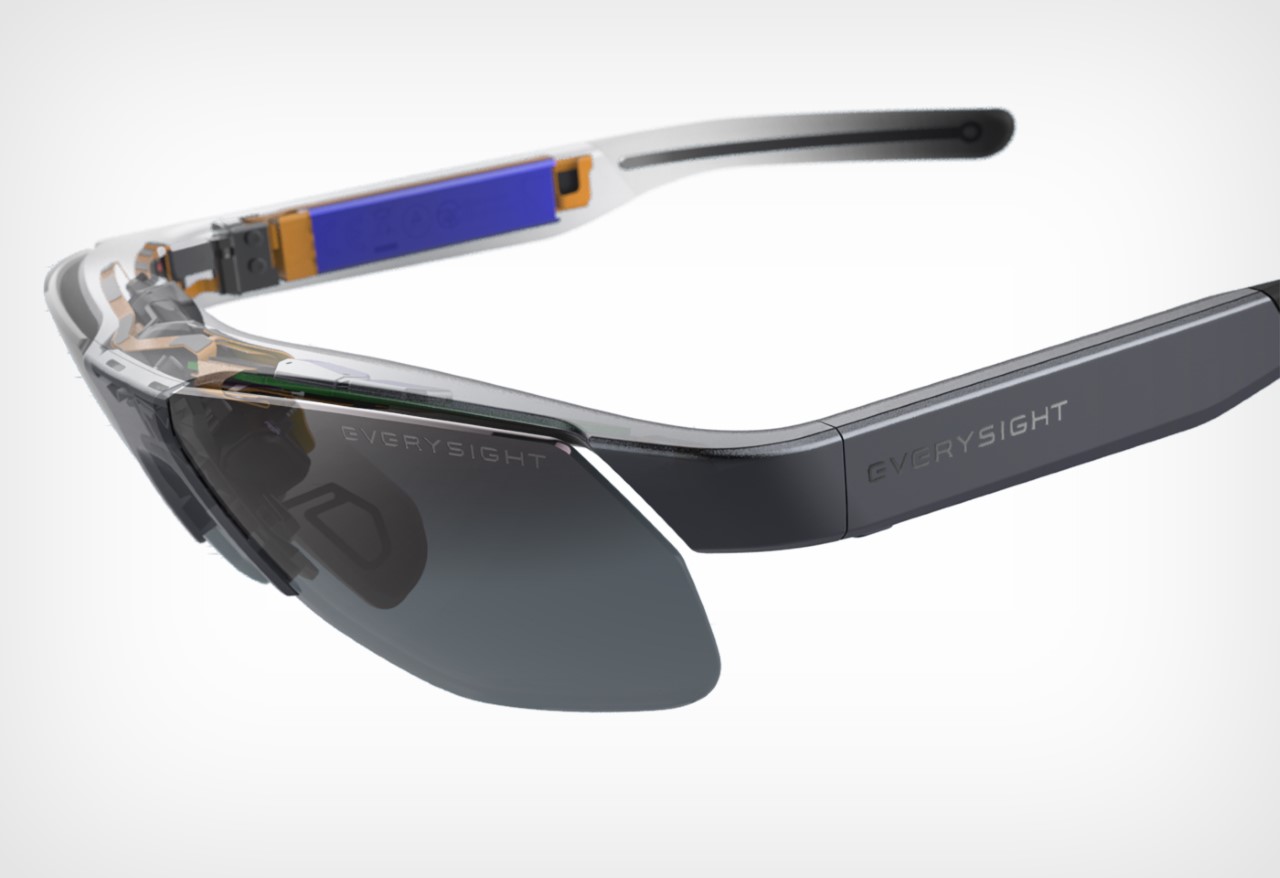
The post If the Apple Vision Pro and the Google Glass had a baby, these AR glasses would be it… first appeared on Yanko Design.
